Music From Free Creek – quote from Joe Viglione 10:53 am Monday June 21, 2021 First day of Summer

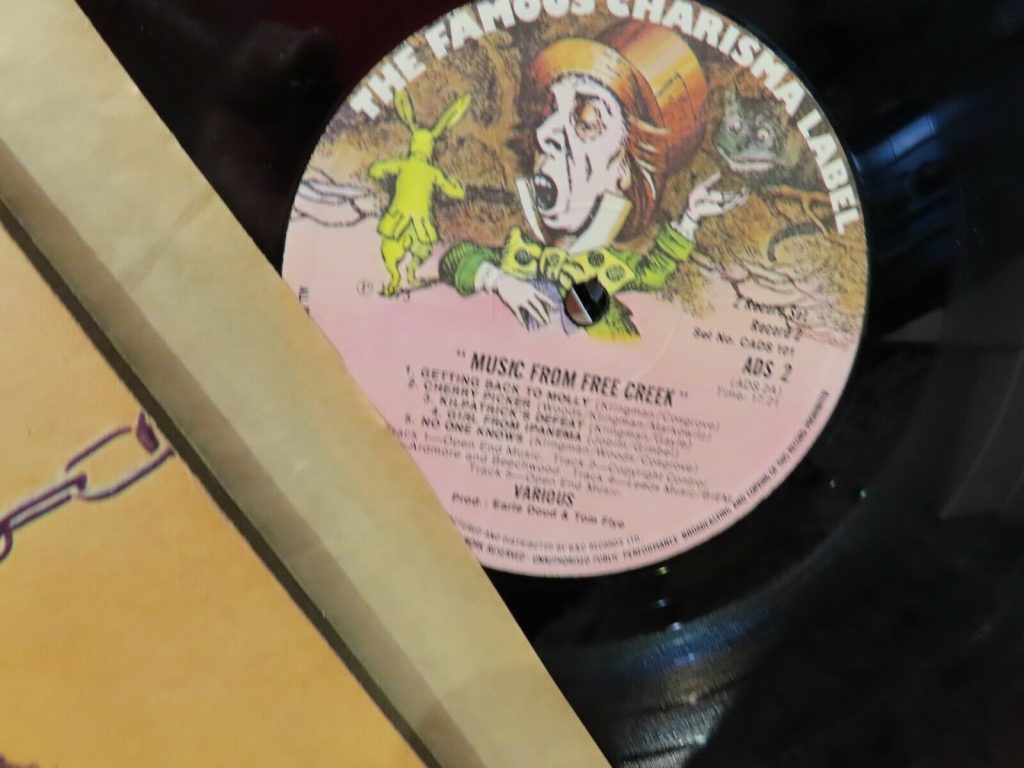
The 2003 re-release of Music from Free Creek: The Long Lost Super Session Album comes with a six-page booklet explaining who plays what on a simply amazing collection of marquee talent recorded at the Record Plant in June through August of 1969. This edition features a 2001 interview with Moogy Klingman conducted by I.C. Timerow for the fanzine Heavy Metal Mayhem, which goes into great detail on how this event came together. While record labels were looking for something of this enormity — keep the alleged “jam” between Mick Jagger and Bob Dylan that never happened in mind — and a prank of an album called The Masked Marauders slipped into record stores, the public had little clue that something on that scale actually did exist. Linda Ronstadt, backed up by musicians from the Eagles and Three Dog Night, might not have shaken the Earth, as Ronstadt and Three Dog Night only had one hit each at the time, but in retrospect they add diversity to an album featuring Dr. John, Chris Wood, Delaney Bramlett, Todd Rundgren, Mitch Mitchell, and so many others. It also has Buzzy Linhart and Buzzy Feiten, the two “Buzzys” who get confused with each other in musical discussions of the day. Broken up into six divisions — the Eric Clapton session, the Jeff Beck session, the Keith Emerson session, the Harvey Mandel session, Moogy Klingman’s odds & sods, and the Linda Ronstadt session, Music from Free Creek is easy to digest. Mitchell jamming on an instrumental “Hey Jude” with Feiten, Elliott Randall, and 19-year-old Moogy Klingman is a delight. Material by Mike Gayle of the Glitterhouse, Bernie Leadon of the Eagles, Aaron Neville, Allen Toussaint, Dylan, co-producer Earl Dowd, Harvey Mandel, and others helps the effort live up to its billing. Music from Free Creek is a super session album where the musicians are playing for the fun of it, and that comes across. The material doesn’t get bogged down in “names”; it just flows………..by Joe Viglione……………
Track List:
01. Cissy Strut – with Jeff Beck, Todd Rundgren
02. Freedom Jazz Dance – with Keith Emerson
03. Sympathy For The Devil – with Harvey Mandel
04. Mother Nature’s Son – with Keith Emerson
05. Road Song – with Eric Clapton, Dr. John, Delaney Bramlett
06. Lay Lady Lay
07. Hey Jude – with Mitch Mitchell
08. He Darked The Sun – with Linda Ronstadt
09. Earl’s Shuffle – with Harvey Mandel
10. Getting Back To Molly – with Eric Clapton, Dr. John
11. Cherry Picker – with Jeff Beck
12. Kilpatrick’s Disaster
13. Girl From Ipanema
14. No One Knows – with Eric Clapton, Dr. John
15. Living Like A Fool – with Linda Ronstadt
16. Working In A Coalmine – with Jeff Beck
17. Big City Woman – with Jeff Beck
18. On The Rebound – with Keith Emerson
https://johnkatsmc5.blogspot.com/2017/07/free-creek-music-from-free-creek-1973.html
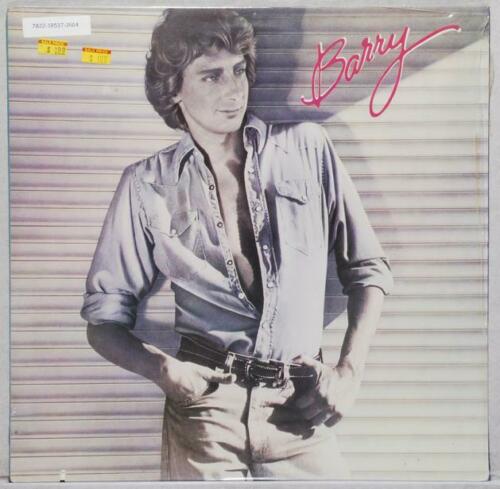
Review by Joe Viglione, All Music Guide
1980’s Barry from Barry Manilow featured his last Top Ten hit, “I Made It Through the Rain,” finding him still in control of the adult contemporary charts, but starting to fade on the Top 40. It’s an interesting piece of the Manilow collection, the singer covering Kenny Nolan, co-writing with Maurice White, penning a song for another film — “We Still Have Time” from the motion picture Tribute — and including a campy duet with Lily Tomlin. Their unlikely pairing on “The Last Duet” is a kinda “Copacabana” redux, borrowing heavy melody from Orleans’ “Love Takes Time” and lifting lyrics from ’70s songs — “Don’t Go Breaking My Heart,” “You Don’t Bring Me Flowers,” “You’re the One That I Want,” and others. Manilow produces two of the ten tracks without production partner Ron Dante and composes half of the album with Bruce Sussman and Jack Feldman, including the hit. Maybe it was a conscious effort to become an album artist rather than a singles act because Barry is more listenable all the way through than previous discs, which contained bigger and more significant hits. There are many musicians in the mix too — Dean Parks, Paul Schaeffer, Abe Laboriel, Alan Estes, arrangements by Artie Butler — all the stops seem to get pulled out to good effect. Kenny Nolan’s tune has the syrup that artist is known for with Manilow adding the sincerity missing in Nolan’s own hits. The song could very well have charted, as could have two terrific songs from “Mandy” co-writer Richard Kerr, “Life Will Go On” and “Dance Away.” The movie theme is pretty good too. “We Still Have Time” is Manilow finally writing a song that is up there with hits he found from other composers — something he really wasn’t quite able to capture before this. A shame it or another good song from this fine disc didn’t follow “I Made It Through the Rain” up the Top 40. It was almost a year before David Pomeranz’s “The Old Songs” would go Top 15 for Manilow toward the end of 1981, and one wonders if there was resistance at radio, because the album Barry had more than enough great material and strong performance to continue the chart run that gave Manilow his enormous popularity.

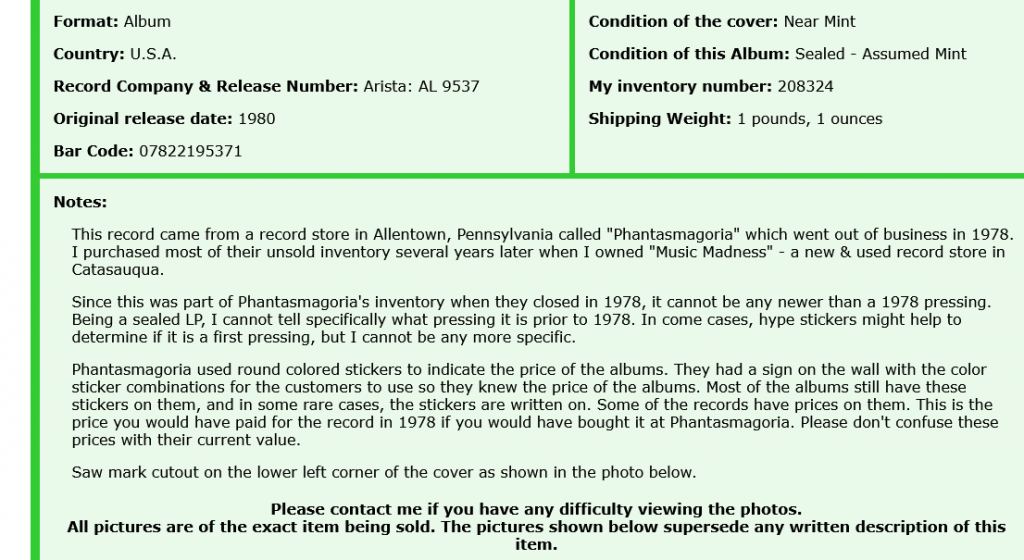

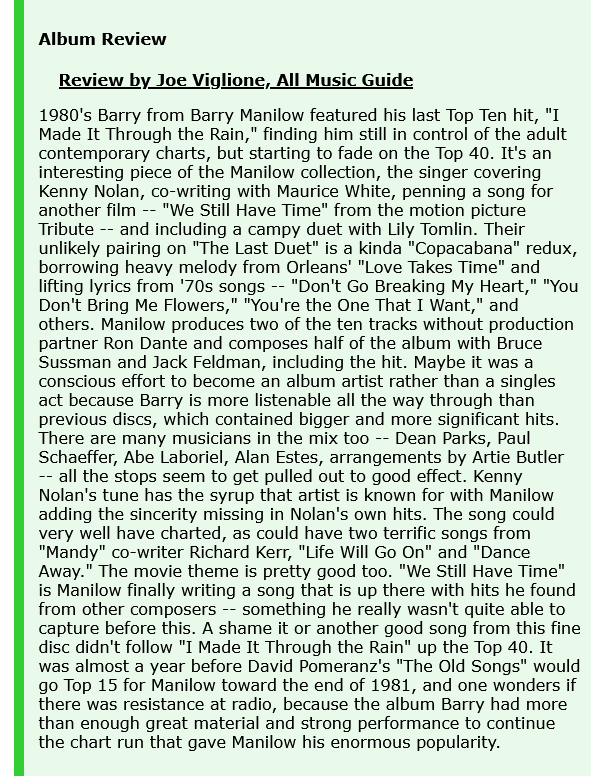
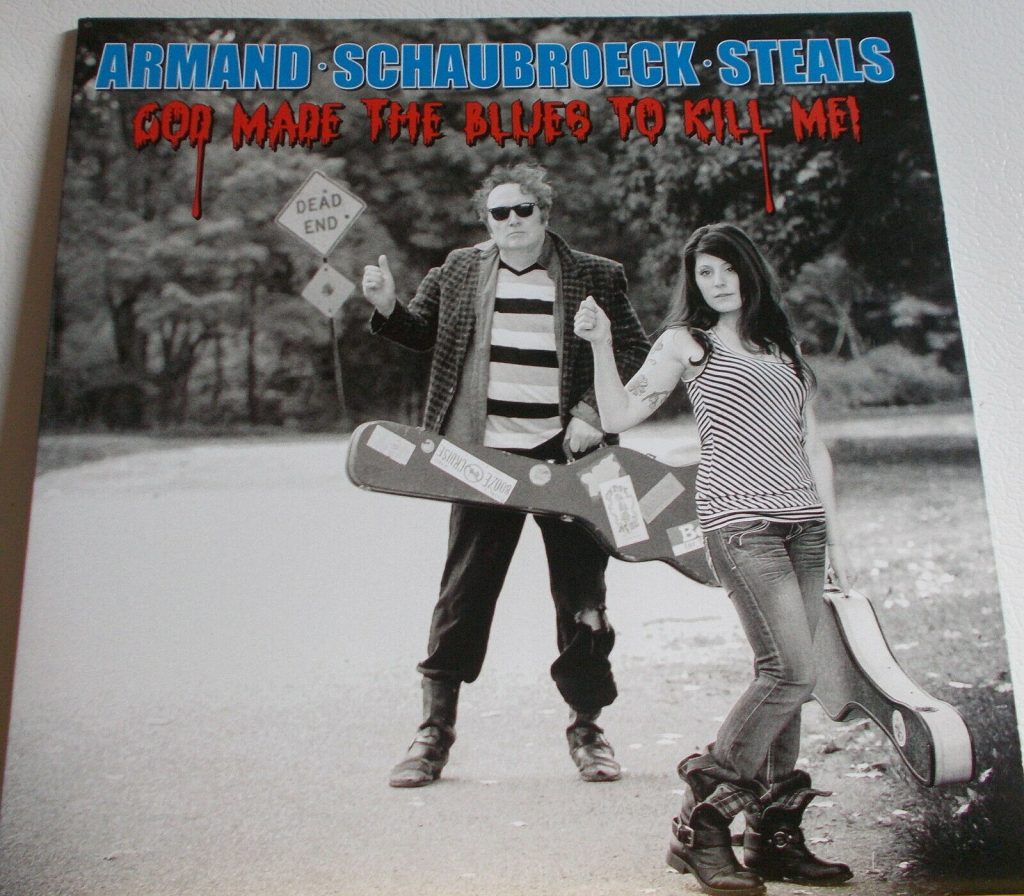
6:22 pm Sunday classic John Kongos CD/album
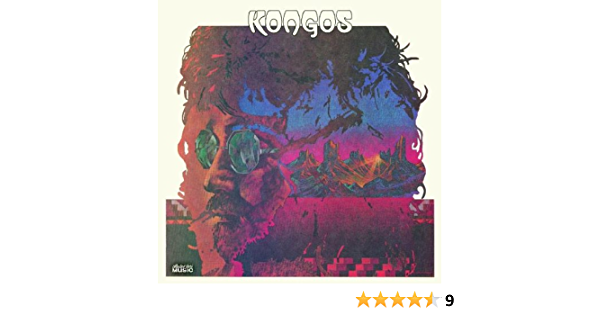
Product Description
This classic 1972 album on Elektra by John Kongos has Queen/Cars director Roy Thomas Baker remixing superb production by Gus Dudgeon, the man who created many an Elton John hit. Elton sidemen Ray Cooper, Caleb Quaye, Dave Glover, Roger Pope, Sue (Glover) and Sunny (Leslie) — pretty much the crew from John’s 1971 epic Madman Across the Water — are all excellent here. But this album has more to offer than the solo records by Kiki Dee and Bernie Taupin, which also proliferated around the same time. Though he never made it to Joel Whitburn’s Billboard Book of Top 40 Hits in the U.S.A., there were three minor splashes on this disc: “Tokoloshe Man,” “Jubilee Cloud,” and “He’s Gonna Step on You Again.” The totally original sound — producer Dudgeon on “asses jawbone,” bicycle bell, maracas, and Mike Noble playing the “clapper board” — build a texture one didn’t hear on Elton John records. Highly experimental, the brilliant piano and guitar by Quaye invigorate “Jubilee Cloud,” which can only be described as psychedelic gospel. Not only a gospel feel, the mysterious Sue and Sonny personify a church choir next to Mike Moran’s ARP Synthesizer. There are lots of Jesus references throughout the disc, and on the heavily Beatles-influenced “Come on Down Jesus” with brass and Ray Cooper’s tambourine, one gets the message that Kongos is a Jesus freak. This record sounds like a party — a bunch of hippies on some Indian reservation at sunset. The album cover giving hints to what is transpiring on the grooves. Some of the themes Bernie Taupin flavored the Elton John “Country Comfort” song with are here, but the singer embraces them in a different way. Kongos sounds like a sincere Billy Joel on “Gold,” and a cross between Elton and Joel on “I Would Have Had a Good Time.” But as good as those tracks are, it is the energy of “Tokoloshe Man,” the ecstasy of “Jubilee Cloud,” and the insanity of “He’s Gonna Step on You Again” that make this album timeless. Producer Gus Dudgeon plays “chair squeak,” “rusty tin,” and “earth drums” on “Step on You,” John Kongos adding castanets, creating a Phil Spector stereo nightmare, which is simply gorgeous. The album has been re-released in different versions; a German CD contains eight bonus tracks and a U.K. collection has five additional songs. Magical music that one does not get to experience often. ~ Joe Viglione
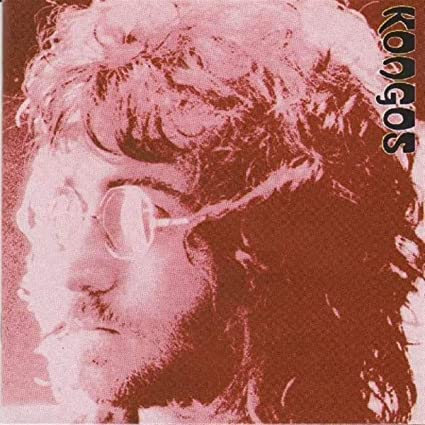
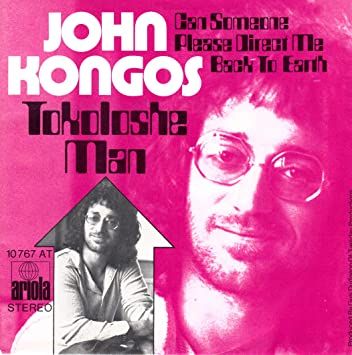
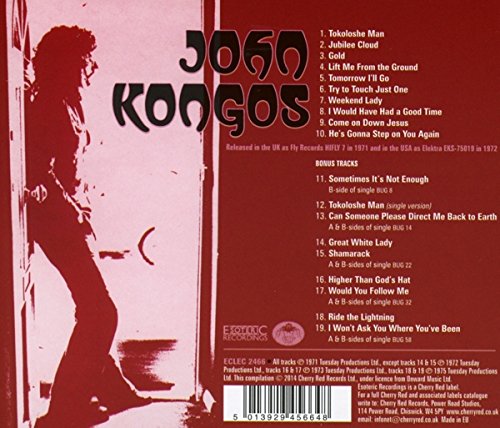
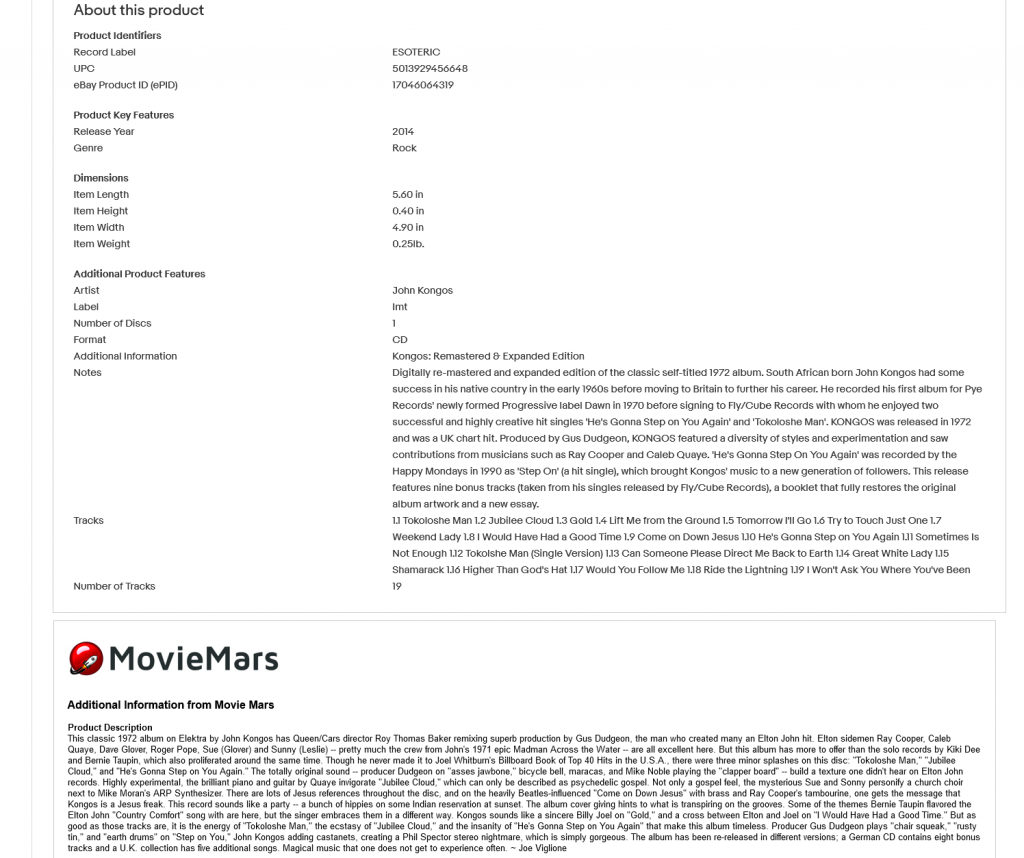
6:14 pm about 5 hours from the Summer Solstice around 11:30 pm this Sunday night
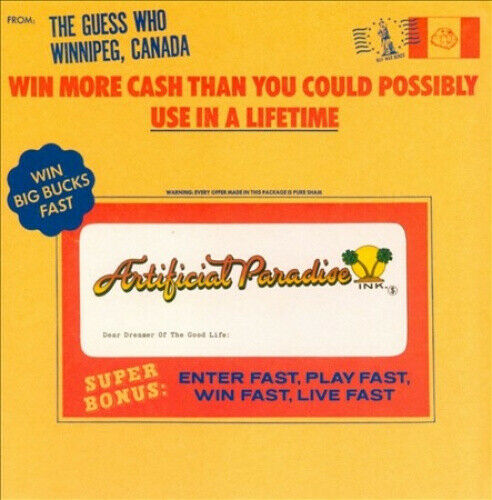
Bye Bye Babe
Samantha’s Living Room
Rock and Roller Steam
Follow Your Daughter Home
Those Show Biz Shoes
All Harshed Out
Orly
Lost and Found Town
Hamba Gahle-Usalang Gahle
Watcher, The
Performer Notes:
Personnel: Don McDougal (vocals, guitar); Burton Cummings (vocals, keyboards); Bill Wallace (vocals); Kurt Winter (guitar); Garry Peterson (drums, percussion).
Liner Note Authors: Ralph Chapman; Marty Slick.
Recording information: 1973.
Photographer: Lorrie Sullivan.
Artificial Paradise may be the most consistent album project by the post-Randy Bachman Guess Who, a solid offering of strong melodies, superb production, and focused artistic vision. It is also one of the group’s more obscure offerings; a small fortune was obviously spent on the gratuitous and excessive packaging which says absolutely nothing and probably did much to sink this fine effort. Surprisingly, Burton Cummings only writes two titles on his own, contributing to four others by his current bandmates. Winter, Wallace, and McDougal actually get a freer songwriting reign on this ten-track release and it harkens back to the initial success of the Share the Land album, the first project where the new members explored, blending their musical skills. The beauty of Don McDougal’s “Samantha’s Living Room” or the “Iko Iko”-inspired “Follow Your Daughter Home,” like everything else here, is clouded by the cover art, if it can even be called that. A typical Ed McMahon get-rich-quick sweepstakes advertisement takes up the inner sleeve, the glitzy color insert and the letter from “Marty Slick” (a dig at Grace Balin, one wonders, of labelmates Jefferson Starship?), which features the lyrics on the flip of the sweepstakes letter. The album cover is a big brown paper envelope with Guess Who/Winnipeg, Canada, as the return address. Beyond the packaging, though, the other dilemma is that this FM-oriented project holds onto the sensibilities of the band’s AM hits. No matter how you slice it, they were not hip in America at this point in time. Decades later the music is very persuasive, but for 1972 how could the Guess Who compete with the Velvet Underground, the Grateful Dead, Moby Grape, or even Vanilla Fudge for counterculture cool? As with Bachman-Turner Overdrive, they couldn’t, with the aura of the mainstream following the group as it did Bachman-Turner Overdrive. Despite the image problem with the band and the album cover, every track here excels and is first-rate; the lengthy jam that is Cummings’ “Those Show Biz Shoes” is more fun than his similar song, “Your Nashville Sneakers,” from the album Rockin’. “Orly” and “Follow Your Daughter Home” made it onto The Best of the Guess Who, Vol. 2, which itself was full of songs that, though good, failed to match the majesty of the hits on volume one. Artificial Paradise is the album in between Live at the Paramount and #10, a time when the band was attempting to cross over to the FM dial. As good an effort as it is, they should’ve stuck with their major strength: keeping their hand in the Top 40 game. ~ Joe Viglione
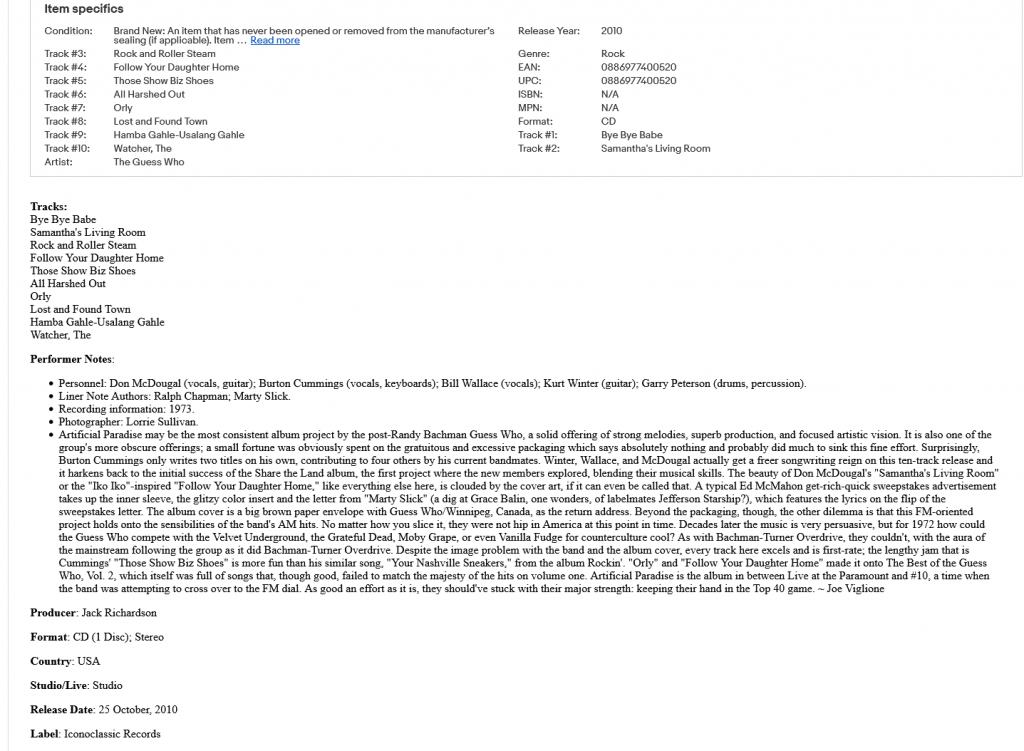
10:36 am Sunday June 20, 2021
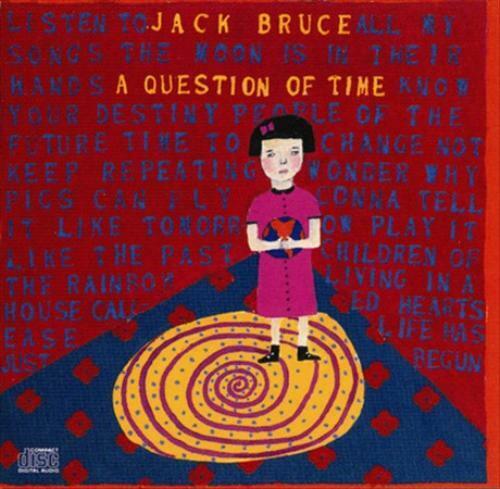
Personnel: Ginger Baker, Albert Collins , Allan Holdsworth, Nicky Hopkins, Paul Barrére.
A Question of Time is an album to appreciate, as Jack Bruce nicely wraps his diverse styles up in rock & roll packaging. Willie Dixon’s “Blues You Can’t Lose” is extraordinary noise, the late Nicky Hopkins bringing his unmistakable piano to a mix of Albert Collins’ leads, Jimmy Ripp’s slide and rhythms, Bruce’s bass, harmonica, and voice, and the strong drumming of Dougie Bowne. In its slow dirge statement, “Blues You Can’t Lose” is as powerful as the blistering Bruce tune that opens the set, “Life on Earth.” “Make Love” is a great change of pace; the first of eight Pete Brown/Jack Bruce collaborations, it utilizes innovative percussion, subtle keyboards, and — surprise of surprises — effects on Bruce’s voice. Ginger Baker toured with Bruce at this point in time, and though Bowne is admirable on the epic pop/rock of “No Surrender,” it is Baker’s contributions to “Hey Now Princess” (with Ripp doing his best Clapton) and his definite drums on “Obsession” (with guitars by Allan Holdsworth and Vivian Campbell) that bring this disc to the Cream level. The transition from “Hey Now Princess” to the Willie Dixon tune is just lovely, while “Obsession” is perfect Disraeli Gears-type music. Tony Willams steps in on the reggae-esque “Kwela,” the other Bruce-only composition and, without the Cream drummer on this, Bruce still manages to sound like Ginger Baker’s Air Force. Produced by Joe Blaney and Bruce, the song “A Question of Time” is a bizarre, colorful mix of clashing images and sound, while the album A Question of Time is one of the more complete Bruce recordings for those fans who know him from his pop radio hits. It is one of the most accessible discs by rock’s premier bassist for both those in his cult and the casual fan. This project uses his mastery of jazz, pop, acoustic, and blues to give listeners what Jack Bruce does best: rock & roll. [The 2007 edition includes one bonus track.] ~ Joe Viglione
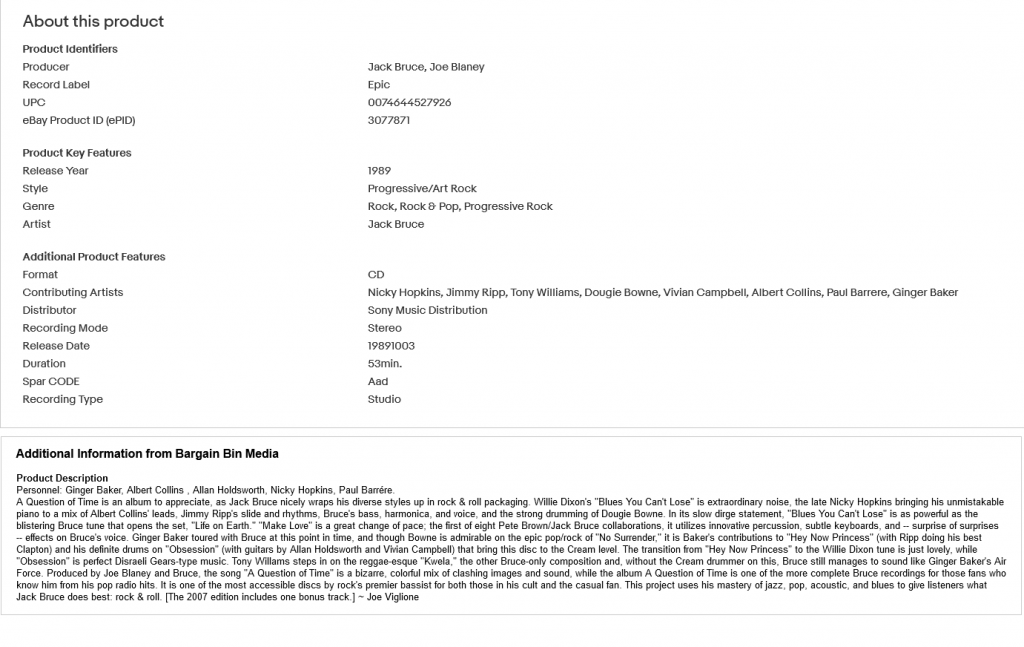
6:48 am Johnny Thunders 6-20-21
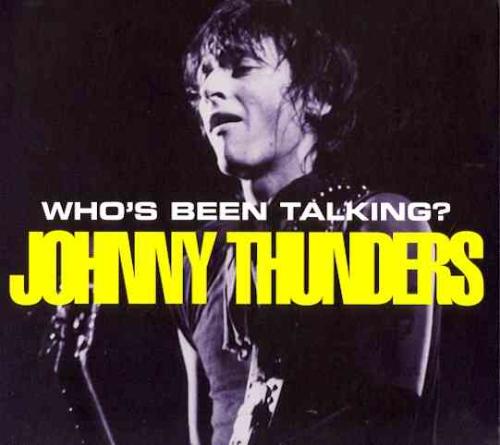
Product Description
Johnny Thunders was always hit or miss in concert; like fellow underground icon Nico, he could be brilliant and sublime or utterly boring on-stage depending on what he had injected or absorbed at any given moment. If you happened to have witnessed either artist in both good and bad shape, it was easy to detect when and if either one would have the magic. Now here’s the good news: despite the VHS feel to this multi-camera shoot from Club Citta in Osaka, Japan (taped on April 3,1991 — yes, the very month he died), Johnny Thunders is very much on and rips through 22 songs that sound good and — dare it be said — professional. To understand the difference, you have to have seen Thunders when he was, say, unprofessional. Some nights he was toast, but here he is a rock star and is taking his craft seriously. The DVD opens with a solid “In Cold Blood,” the Jimmy Miller-produced song that launched a new phase of his career in Europe just eight years before his passing. It slips right into a medley including “(I’m Not Your) Steppin’ Stone” and on to about 25 songs over 22 tracks that are a really fabulous, if lo-fi, documentary on this unique but quintessential rock & roll figure. On “Louie, Louie” and “Hang on Sloopy,” the most natural of medleys, he is his Keith Richards best — the look, the wardrobe, and the great guitar sound that he didn’t have when the New York Dolls first played Boston in 1973 and everything was cranked up to 11. A new song entitled “Society” has him strumming the electric, and with the addition of Jamey Heath’s saxophone the crisp band sounds like Lou Reed’s mid-’80s ensembles. The tragedy here is that in just 15 years’ time from when this was recorded — when Iggy Pop’s Stooges and the New York Dolls would gain the respectability and massive audience they deserved, his untimely death kept that adulation and appreciation from Thunders himself. Truly a pity. There are many Johnny Thunders videos out there, but this collection of solo material, covers, and one Dolls song, “Personality Crisis,” is a keeper despite the blurry and foggy footage and grainy texture. Actually, there’s a second bit of New York Dolls as Thunders’ reinvention of Bo Diddley’s “Pills” — “Too Much Junkie Business” — actually dissolves into a superb “Pills,” covered with much of the same abandon as the new-millennium New York Dolls, tight and displaying more of a Rolling Stones-style presentation. This DVD has lots to offer the Thunders fan and anyone who appreciates life-on-the-edge underground rock & roll. Described as “rare live footage from the last ever recorded concert,” the DVD also includes a 12-page biography by Betty Chienne. It’s a nice testament to a truly twisted life. ~ Joe Viglione
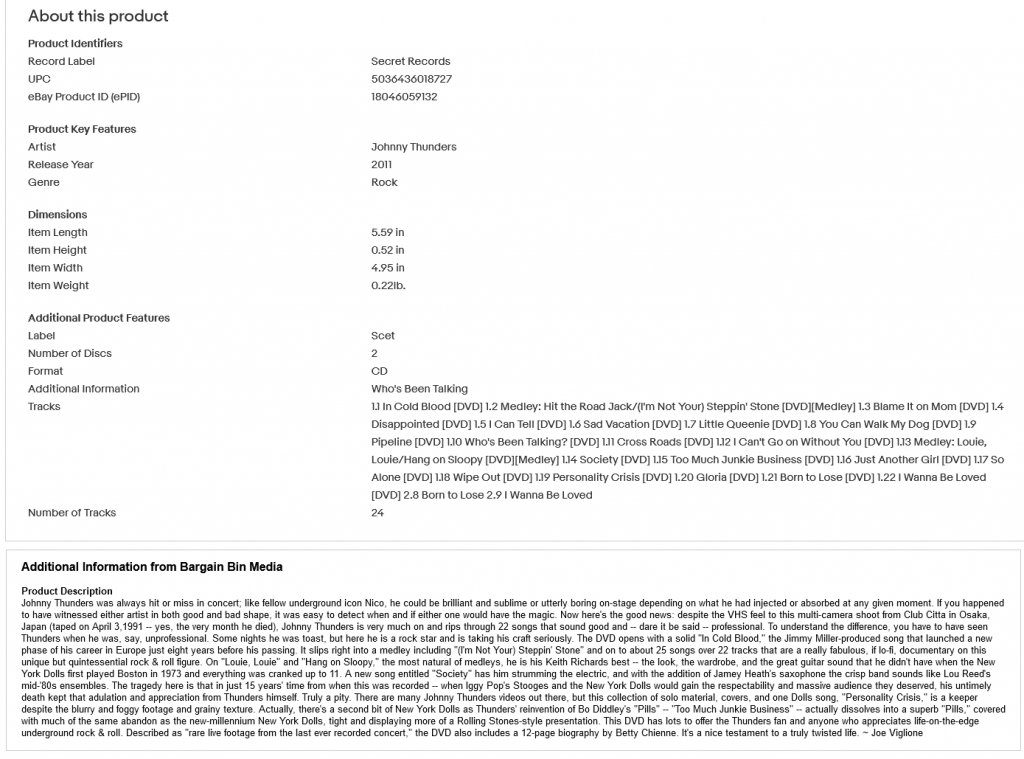
6:11 am Elliot Murphy
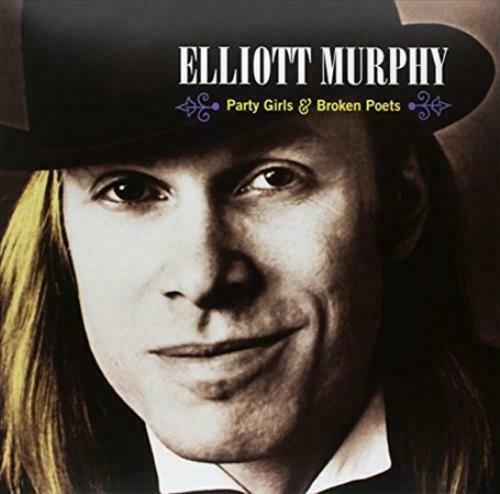
Product Description
Personnel: Elliot Murphy (vocals, guitar, harmonica, organ); C.T.S. (vocals); Brian Ritchie (guitar, bass); David Johansen (harmonica); Peter Gordon (saxophone); Richard Sohl (keyboards); Ernie Brooks (bass, background vocals); Tony Machine (drums, percussion).
Recorded at Battery Sound, New York, from 1983-1984. Includes liner notes by Elliot Murphy.
All songs written by Elliot Murphy.
PARTY GIRLS/BROKEN POETS was released in Europe in 1984, but not released in the United States until 1992. This US edition features 2 previously unreleased tracks.
Party Girls & Broken Poets is an elegant album by underground visionary Elliott Murphy. The black-and-white cover on gold and white gives a hint to the music inside. The first portion of the album takes a while to kick in, until the third song, “Dr. Calabash.” It’s a real grabber that is perhaps the strongest track here. With co-production and bass supplied by ex-Modern Lover Ernie Brooks, the sensibilities are in place, but what’s missing from Murphy’s music is that little extra edge that early Jonathan Richman contained — the spark caught from obsession with the Velvet Underground. “Something New” is a perfect example of how the artist can sometimes miss the mark. It’s a cute little pop tune, but it doesn’t have the magnetism of, say, the Modern Lovers’ “Astral Plane” or Johnny Thunder’s “In Cold Blood.” “Last Call” is a fine song with a wonderful hook. It may be what inspired Murphy’s French recording company to call themselves Last Call Records; previously they were New Rose taken from the Damned song of the same name. The title track, “Party Girls and Broken Poets,” is nicely insightful, and “Like a Rocket” has its moments as well. Guest appearances by David Johansen and Violent Femmes’ Brian Ritchie on “Blues Responsibility” still can’t keep it from sounding like John Cougar Mellencamp, and for Elliott Murphy’s audience, that’s not a plus. On “The Streets of New York,” the poet sees “only people.” Don’t believe it for a moment — he sees a lot more than people, but it might take a Bob Ezrin or Jack Douglas old-school producer to help him refine that intuition. He’s an interesting and prolific artist with a fan base, and this is a worthwhile recording nonetheless. ~ Joe Viglione
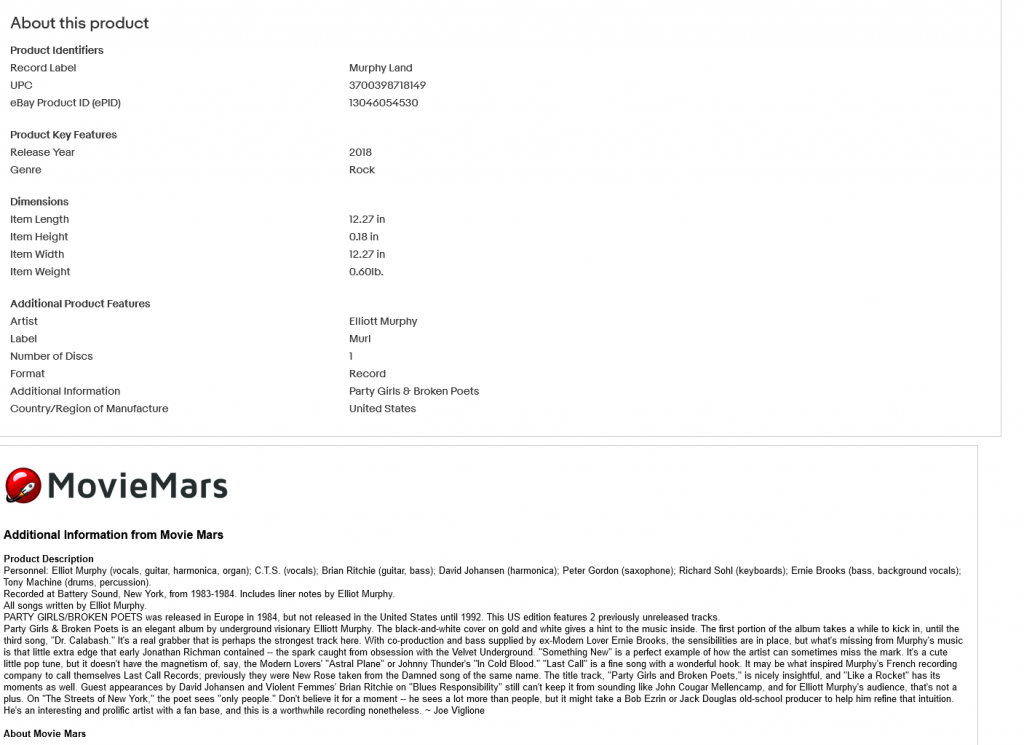
6:06 am Sunday June 20, 2021 the rock critic maniac continues his quest to collect his work…

Product Description
Vocalist Chris Thompson’s last album with Manfred Mann’s Earth Band is dressed up in Mann’s beautiful keyboards. Angel Station has some key moments — “You Angel You,” a Bob Dylan tune that sounds nothing like Dylan, and not the way their Top Ten version of “Quinn the Eskimo”/”The Mighty Quinn” was reinvented. “You Angel You” has a strong hook with topnotch Anthony Moore production work, and it melts into the title track of Harriet Schock’s landmark Hollywood Town album, the source of Helen Reddy’s “Ain’t No Way to Treat a Lady.” The Manfred Mann version is interesting, and explores the possibilities of the composition, though Schock’s version is perfect country-pop and hard to top. It is nice to see a rock band with such good taste. “Angelz at My Gate,” co-written by Manfred Mann, leads off side two and is another dreamy “angel” tune. It sounds mysteriously like “Games Without Frontiers,” the Peter Gabriel radio hit from his 1980 third self-titled solo album. Now since this was released the year before, do you think Gabriel found inspiration from the grooves of Angel Station? While artists like Gary Wright and Jordan Rudess overwhelm you with the keyboards, Manfred Mann’s are indeed the lead instrument, but he uses them to augment the vocals, not to overpower. The John Shaw-photographed album cover looks innocent enough until you turn it upside down — there a female dark angel, in open black cape, exposes her breasts. So blatant, but upside down it probably went right by many retailers, and with no hit single, it probably didn’t cause too much of a stir. It’s interesting that, like Gary Wright, the Earth Band recorded for Warner Bros., yet both acts only eked out a couple of hit singles. As with Wright’s Headin’ Home LP, this 1979 album has more than its share of good material, both keyboard players being intuitive artists with credentials and past chart success. Despite good performances on Heron’s “Don’t Kill It Carol” and a simply wonderful cover of Billy Falcon’s 1978 release, “Waiting for the Rain,” this is yet another album that deserved a better fate. The rendition of the Falcon tune may be the best performance of one of that singer’s compositions ever. The two Manfred Mann songs on side two are excellent: “You Are – I Am” is good and pleasant while “Resurrection” has lyrics that display clever sarcasm and religious — or sacrilegious — overtones. Angel Station is well-crafted music by an industry veteran. ~ Joe Viglione
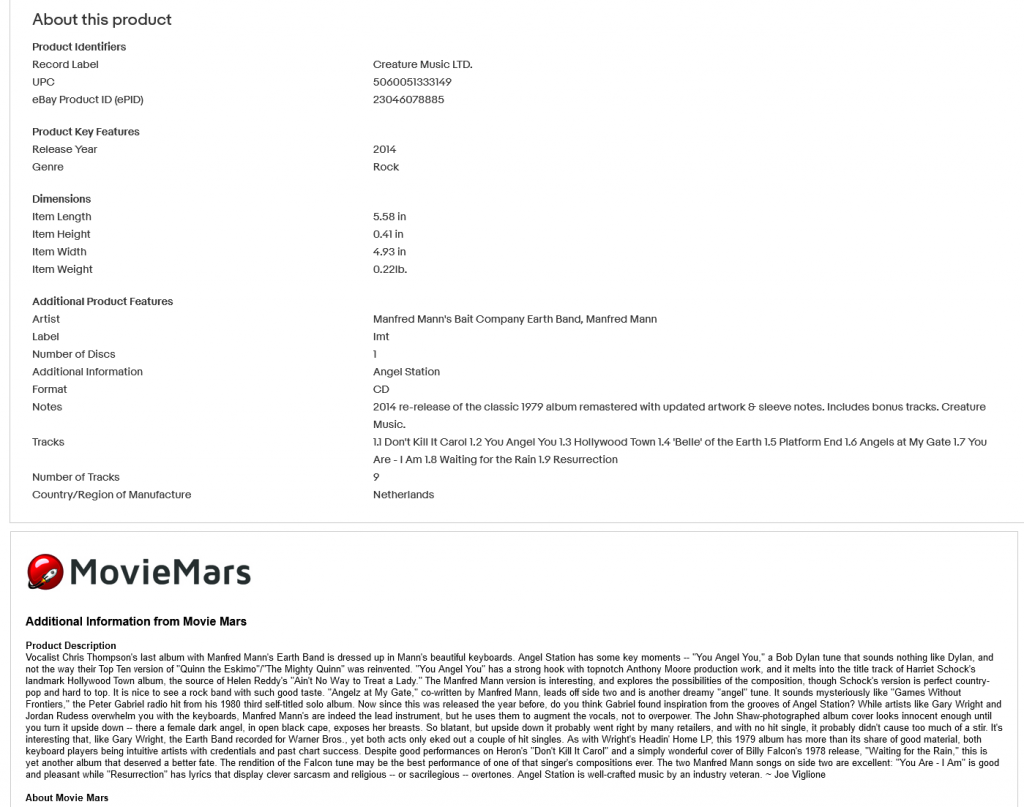
5:59 am Invaders concluding, just had it on as background sound as I had already viewed it. Here’s an interesting CHER lp with a quote from one of my other Cher reviews – from Wikipedia:

Cher has employed various musical styles, including folk rock, pop rock, power ballads, disco, new wave music, rock music, punk rock, arena rock, and hip hop;[245] she said she has done this to “remain relevant and do work that strikes a chord”.[246] Her music has mainly dealt with themes of heartbreak, independence, and self-empowerment for women; by doing so, she became “a brokenhearted symbol of a strong but decidedly single woman”, according to Out magazine’s Judy Wieder.[247] Goldmine magazine’s Phill Marder credited Cher’s “nearly flawless” song selection as what made her a notorious rock singer; while several of her early songs were penned by or sung with Sonny Bono, most of her solo successes, which outnumbered Sonny and Cher’s successes, were composed by independent songwriters, selected by Cher.[248] Not.com.mercial (2000), Cher’s first album mostly written by herself, presents a “1970s singer-songwriter feel” that proves “Cher adept in the role of storyteller”, according to AllMusic’s Jose F. Promis.[249]
Robert Hilburn of the Los Angeles Times writes, “There were a lot of great records by female singers in the early days of rock … None, however, reflected the authority and command that we associate with rock ‘n’ roll today as much as [Cher’s] key early hits”.[250] Some of Cher’s early songs discuss subjects rarely addressed in American popular music such as divorce, prostitution, unplanned and underaged pregnancy, and racism.[248] According to AllMusic’s Joe Viglione, the 1972 single “The Way of Love” is “either about a woman expressing her love for another woman, or a woman saying au revoir to a gay male she loved” (“What will you do/When he sets you free/Just the way that you/Said good-bye to me”).[251] Her ability to carry both male and female ranges allowed her to sing solo in androgynous and gender-neutral songs.[251]
Cher has a contralto singing voice,[252] described by author Nicholas E. Tawa as “bold, deep, and with a spacious vibrato”.[245] Ann Powers of The New York Times called it “a quintessential rock voice: impure, quirky, a fine vehicle for projecting personality.”[253] AllMusic’s Bruce Eder wrote that the “tremendous intensity and passion” of Cher’s vocals coupled with her “ability to meld that projection with her acting skills” can provide “an incredibly powerful experience for the listener.” [254] The Guardian’s Laura Snapes described her voice as “miraculous … capable of conveying vulnerability, vengeance and pain all at once”.[255] Paul Simpson, in his book The Rough Guide to Cult Pop (2003), posits that “Cher [is] the possessor of one of the huskiest, most distinctive voices in pop … which can work wonders with the right material directed by the right producer”.[256] He further addresses the believability of her vocal performances: “she spits out the words … with such conviction you’d think she was delivering an eternal truth about the human condition”.[256]
Writing about Cher’s musical output during the 1960s, Robert Hilburn of the Los Angeles Times stated that “Rock was subsequently blessed with the staggering blues exclamations of Janis Joplin in the late ’60s and the raw poetic force of Patti Smith in the mid-’70s. Yet no one matched the pure, seductive wallop of Cher”.[250] By contrast, her vocal performances during the 1970s were described by Eder as “dramatic, highly intense … [and] almost as much ‘acted’ as sung”.[18] First heard in the 1980 record Black Rose,[257] Cher employed sharper, more aggressive vocals on her hard rock-oriented albums, establishing her sexually confident image.[258] For the 1995 album It’s a Man’s World, she restrained her vocals, singing in higher registers and without vibrato.[134]
The 1998 song “Believe” has an electronic vocal effect proposed by Cher,[246] and was the first commercial recording to feature Auto-Tune—an audio processor originally intended to disguise or correct off-key inaccuracies in vocal music recordings—as a deliberate creative effect; according to Rolling Stone’s Christopher R. Weingarten, “producers … used the pitch correction software not as a way to fix mistakes in Cher’s iconic voice, but as an aesthetic tool.”[259] After the success of the song, the technique became known as the “Cher effect”[244] and has since been widely used in popular music.[260] Cher continued to use Auto-Tune on the albums Living Proof (2001),[261] Closer to the Truth (2013),[262] and Dancing Queen (2018).[239]
In an interview in 2013, Cher reflected on how her voice had evolved during the course of her career, eventually getting stronger and suppler over the years. While she didn’t really like it at the beginning, working with vocal coaches had made a significant difference; she stated in the Toronto Sun: “It’s so freaky because people my age are having to lose notes and I’m gaining notes, so that’s pretty shocking.”[263]
Films, music videos, and stage
5:53 am June 20, 2021 Invaders about to conclude, up like a maniac transferring my CD review from eBay
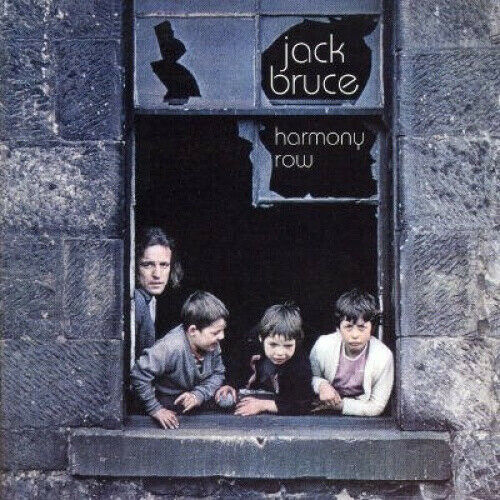
Harmony Row is the legitimate follow-up to Jack Bruce’excellent songs for a tailor, although 1971 also saw the almost-simultaneous release of 1968 jazz tapes entitled Things We Like by this artist. An elaborate gatefold package has a shadow photo of the artist from the back, overlooking a golden sun on the waters. The self-produced disc begins with the pop excursion “Can You Follow,” which blends into “Escape To The Royal Wood (On Ice).” Jack Bruce provides the voice, keyboards, bass, and some percussion, making this very much a solo project. “You Burned The Tables On Me” takes things into a progressive rock-meets-jazz arena. The only reference to blues here is Bruce’s voice, but guitarist Chris Spedding’s scratchy guitar, and the percussion — either by Jack Bruce or drummer Jim Marshall (who plays on what is not specified) make the track sound almost like Cream without Clapton. There’s a rare photo of Peter Brown in the second cardboard gatefold, and one of Bruce, while all of Brown’s lyrics are spread out for public consumption. A nice touch, as Peter Brown is to Jack Bruce what Keith Reid is to Procul Harum, and the cleverly obscured words are sometimes the only foundation to grasp at while one of rock & roll’s most innovative bassists goes from genre to genre, combining rhythms and melodies that defy commercial categorization. Harmony Row is the album that combines many flavors of Bruce’s experimentations, making it courageous, adventurous, and hardly the product for a mass audience. “Folk Song” is barely a folk song; it is a progressive pop tune with that elegant, Procul Harum-like, sweeping, mystical statement. There’s a pretty piano against church-like organ and vocals, with amazing guitar embellishments by Chris Spedding. “Folk Song” has elements Bruce would examine again, on the album Monkjack; it’s a song which should have made him the darling of underground FM radio. It’s a far cry from the all-out assault of his forthcoming power trio, West, Bruce & Laing, which emerged a year after this. The delicacy of “Smiles And Grins” suggests that hard jazz is what would have given the project with Leslie West a much needed diversion. But what happened was that Bruce embraced the trail Mountain stampeded down, while a purer blending of the two would have been re-readings of this Harmony Row material. “Post War” is a good example of how the underappreciated Leslie West could have expanded his influence — Spedding’s contributions are enormous, and like West, he is the only other musician save the drummer on Bruce’s essential projects in 1971 and 1972, on the albums Harmony Row, and Why Dontcha. Drummer Jim Marshall appeared on the previous Songs for a Tailor, as did Spedding, though they didn’t perform together on that disc. Here, Jack Bruce takes two players from that solo album, and moves them into another head-space. His use of the talents around him is impeccable, and yet another reason why fans should have embraced this quirky and intelligent troubadour. “A Letter Of Thanks” is so complex it borders on The Mothers Of Invention-style of non-groove, while “Victoria Sage” is more in-line with the ideas set forth on Songs for a Tailor, and with exquisite vocals by this tremendous singer. The final track, the tasty, Spanish-influenced “The Consul At Sunset,” utilizes multiple percussive ideas with piano and guitars overlapping Peter Brown’s words; those words are as important as the contributions from Marshall, Spedding, and Bruce. It’s actually quite an amazing transition when set against the other discs released in this four-year period, and a stunning output from a major artist without yielding a Top 40 hit. ~ Joe Viglione
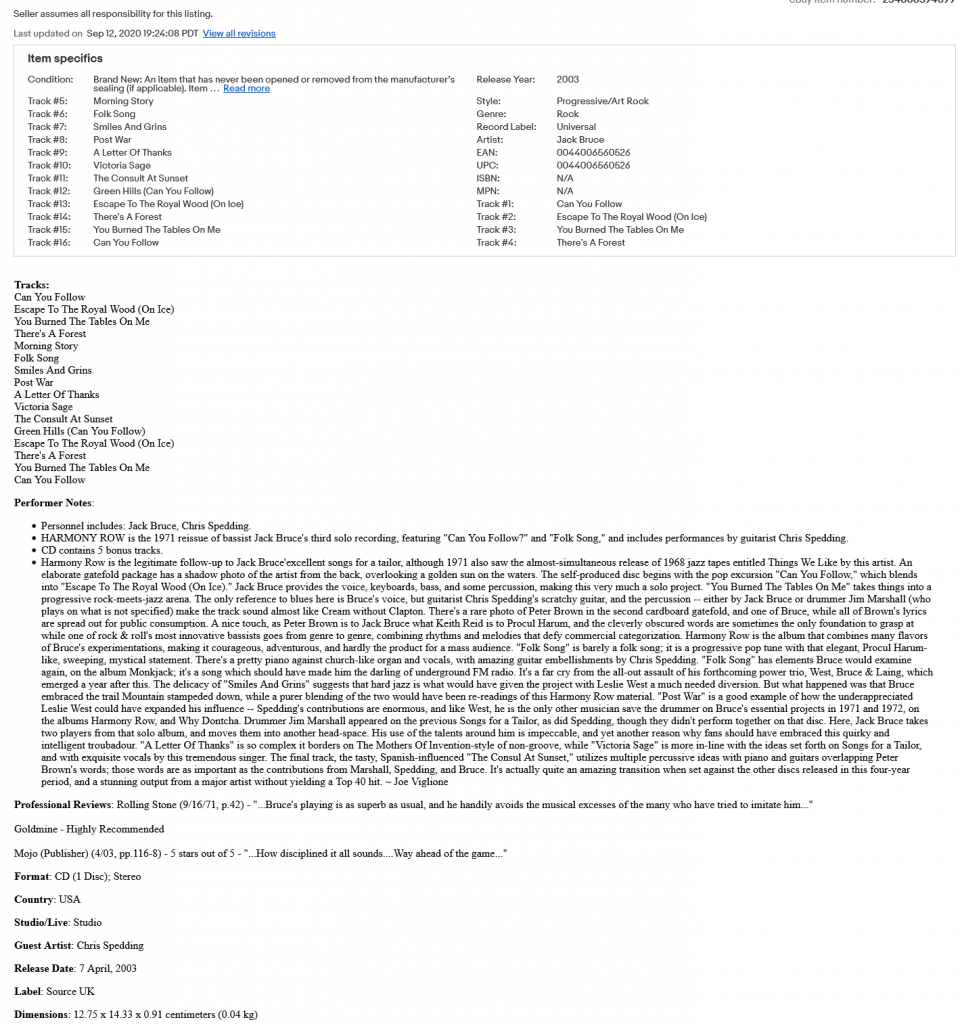
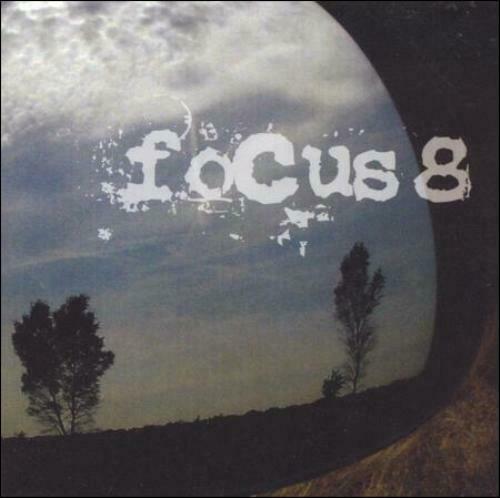
Product Description
Focus 8 includes: Thijs Van Leer.
Recording information: Ballad Studio, Vuren, The Netherlands; NL; Peptide Studio; Vuren.
Focus 8 is a fantastic record by Thijs van Leer, Jan Dumée, Bobby Jacobs, and Bert Smaak, the new-millennium version of the band Focus. The instrumentals show real spirit and creativity without the bombast of the 1973 opus “Hocus Pocus,” which branded the group forever as “progressive rock.” Yes, it is still arty King Crimson meets Jethro Tull stuff, the flute taking even more of the space than an Ian Anderson might grant it, but there is something about this album that takes hold and makes for a surprising listening experience. The quartet somehow keeps the ostentatious aspect of the genre down to a minimum and puts the emphasis on serious explorations of what it does best. For an hour’s worth of mostly instrumental prowess, it is quite an achievement. Where Tull’s A Passion Play was a tedious listen, every title here rings out with its own personality, “Hurkey Turkey” speaking in tongues as the keyboards/guitar/drums converge with the bass and some strange vocal improvisations. “Blizu Tebe” also has great merit, the album displaying a cohesion one expects from Phish and other jam bands, a format one doesn’t consider when thinking of Focus. The result is a dreamy blend of majestic instrumental melodies, a really stunning achievement for an entity that has gone through so many evolutions. It may be just another day at the office for this group, but it is quite a day, and with sufficient exposure, Focus 8 could bring in an entirely new audience in for this veteran act. A really special release. ~ Joe Viglione

5:25 am June 20, 2021 The Invaders are on METV, and I am transferring these reviews I wrote so long ago…
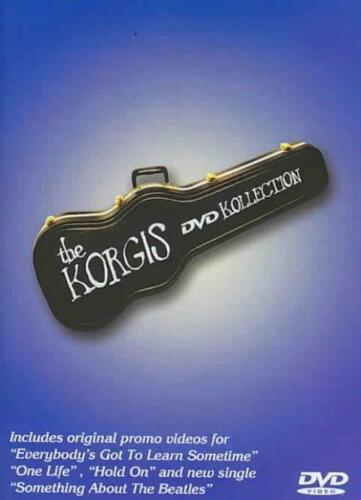
Product Description
There’s so much on DVD Kollection from the Korgis that one can get lost in the system of discovery, which is something the format demands. A 40-minute documentary, Off the Leash, produced by Brian Wakerley, with interviews and editing by Steve Johnson, is a good biographical account from two men who seem like the older brothers of James Warren and Andy Davis, the lines of age beginning to truly take their toll on these members of the trio. The documentary explores lots of historical facts: the third album from pre-Korgis group Stackridge getting produced by Sir George Martin, the evolution of the Korgis’ 1980 breakthrough (and only) Top 20 American hit, “Everybody’s Got to Learn Sometime,” told in the artists’ own words along with the booming voice of the narrator. The “unplugged” live sessions with John Baker, Warren, and Davis fluctuate from a three acoustic guitar sound to two keyboards and one guitar, or two guitars and one keyboard, their love for the Beatles flavoring the music they made at this Riverside Studios session in Somerset, Bath, in 2005. It is very dreamy and nice, with the 14 tracks all separated for easy access, but somehow the new live material isn’t as compelling as the documentary and the video clips. There are the original videos for “Hold On,” “One Life,” and “Everybody’s Got to Learn Sometime,” as well as a new — additional — mix of that song by DNA, the fellows who burst onto the scene by bootlegging Suzanne Vega’s “Tom’s Diner.” Their work becomes the soundtrack to a nice new psychedelic video — so you get three renditions of their biggest song on this collection, not a bad thing at all. If you go deeper into the DVD there’s another biography, this one written onto the electronic pages to be read, along with what could be the highlight of the entire project, a superbly psychedelic (that word again) video of “Something About the Beatles.” It is Fabfourulous, and something the viewer/listener will spin repeatedly. ~ Joe Viglione
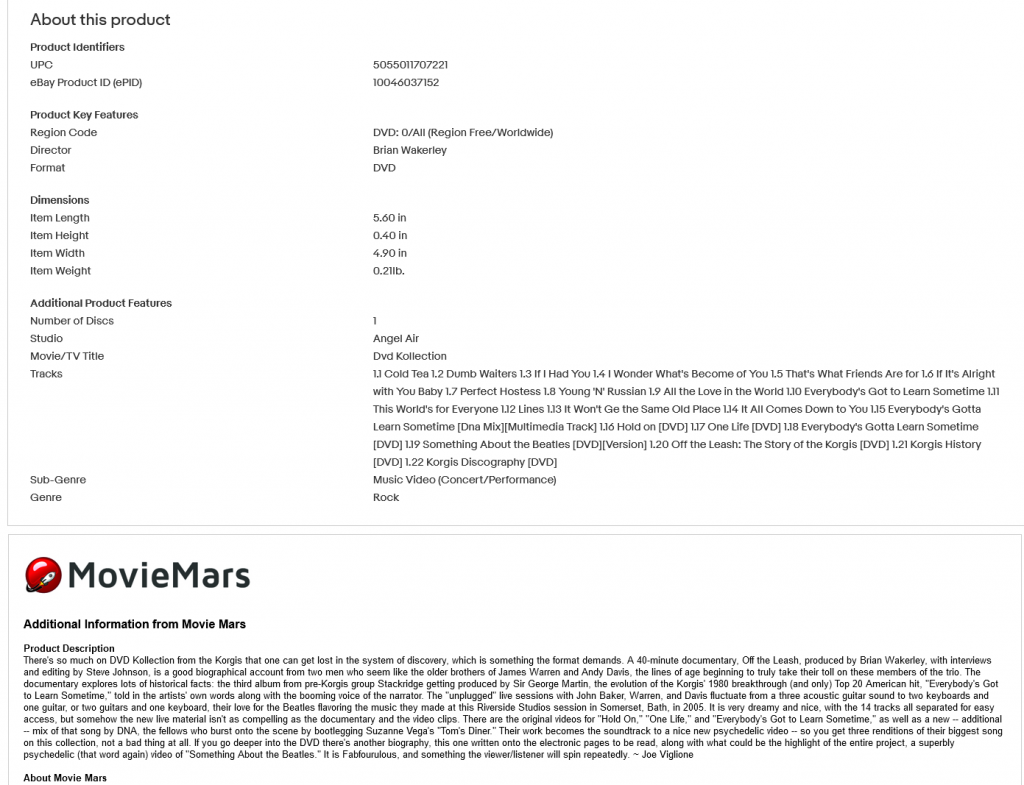
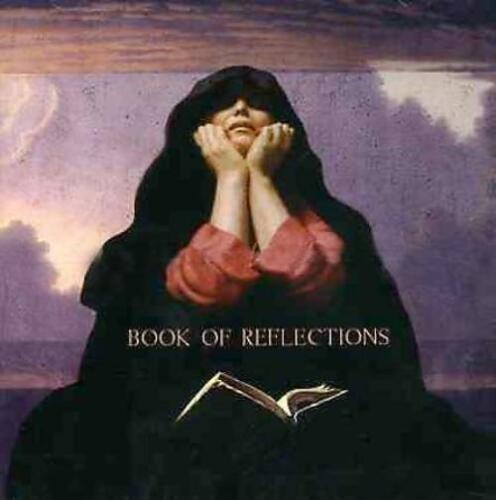
Product Description
This 2004 debut release by Finnish metal rockers Book Of Reflections features 11 tracks and includes members of Lion’s Share and Section A.
The self-titled Book of Reflections is highly refined metal, completely written by prolific guitarist/keyboardist/bassist Lars Eric Mattsson with lyricist Connie Welen helping out on three of the 11 tracks. Recorded between April and December 2003 in Finland, Germany, Sweden, and the U.S., the music has a clarity that can become dizzying for those not obsessed with the genre, the final track, “Blood from a Stone,” displaying the same intensity as “Going Through the Motions,” though “Motions” has some dynamic movements to break up the headbanging. This is not your familiar sludge rock gone speed metal. These fellows take it to another artistic level — pristine production you’re more likely to find on a recording from vintage Yes wrapping up cool titles like “Guardian of Time” in fast-paced progressive rocket riffs. Methodical and eerie, the group flirts with Iron Maiden and Scorpions ideas, but veers off in its own direction. The album is basically Mattsson’s baby with lead vocals from four different singers — Andy Engberg (of Section A and formerly of Lion’s Share), Winterlong’s Mikael Holm, ex-Dreamscape member Hubi Meisel, and Torgny Stjärnfelt of Condition Red. The song “Book of Reflections” jumps right into the fray with no warning (or intro passage) and superb guitar work that makes the instrumental a standout. “Slippin’ Away” takes things down a peg, showing these players can put the lightning-fast onslaught into slow motion and still make it work. Imagine a musician whose only song to study as an aspiring guitar slinger is Black Sabbath’s “Paranoid,” then push the turntable from 45 rpm to 78 rpm, and you’ll have a good idea of the intensity of what the label calls “high-energy symphonic/neo-classical power metal.” Mattsson’s bass corresponds well with Eddie Sledgehammer’s drums, but for an “all-star” project, flavors from another bassist or two could have added another dimension to the work. It has, after all, the same rhythm section found on Mattsson’s 2001 re-recording of his 1988 album, Eternity. Still, it’s a focused and solid project ranging from speed metal to melodic crunch rock, refining ’80s licks and hitting hard. ~ Joe Viglione
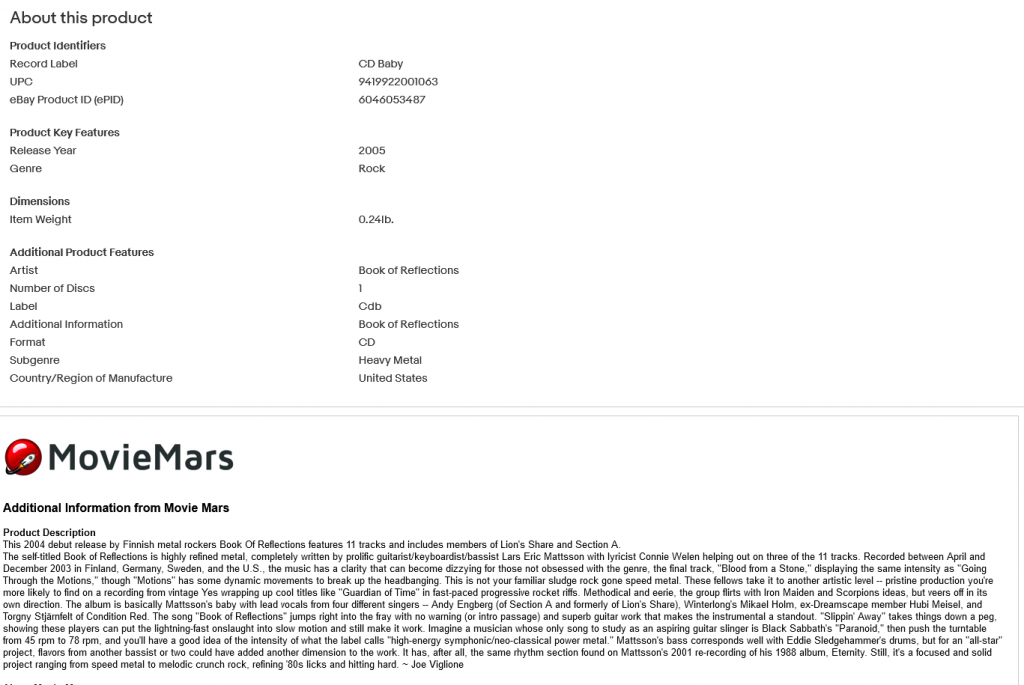

Product Description
This Finnish import tells Frarz Anwar’s musical story via six enticing chapters.
Neo-progressive is a good tag for this smooth and determined instrumental music from Faraz Anwar, the five and a half minutes of “Don’t Ever Let Your Spirit Die” displaying a threatening sequence of sounds that convey doom as well as inspiration. The guitar is the dominant force here, and when it wants to, it flies off into quick and constant sweet melodies. According to the artist’s own site, this music was originally released in 2001 on the Gnarly Geezer label, with Finland’s Lion Music issuing it in 2004. The material was recorded at Digital Fidelity Studios in Lahore, Pakistan and is composed, arranged and performed by Faraz Anwar except for “Last Summer” which features engineer/mixer Meekal Hasan on bass and Fahad Khan on drums. The artist claims he is on a quest to capture “the true essence of progressive sound expression,” as adventurous a task as pop singer Bobby Hebb’s incessant search for the Moody Blues “lost chord.” Where Hebb will probably succeed in his enterprise (the vintage masters have a knack for such things), Anwar proves here that he’s no slouch and just may discover a few new notes himself as he bends and shapes ideas with efficiency and imagination. The opening track, 12_ minutes of “Through the Passage of Time,” is a long (none of the songs dip below the four-minute mark) and elegant adventure with its delicate melodies and hard-hitting rock thrusts. It’s a classical/symphonic approach that delivers the goods as advertised — in abstraction. This is 99½ percent instrumental stuff, and very well played, about 14 seconds of strange vocals coming in at around the three-minute mark — something about “white lights,” with more ominous voices streaming in four minutes later. Anwar is so proficient at multiple instruments that this could be the performance of Ray Kurzweil’s computers from his book The Age of Spiritual Machines and no one would be the wiser! The closing track, “Why,” is filled with extraordinarily gifted passages, guitars singing in unison then drifting back into a sea of complex musical movements. Faraz is a real find whose work also appears on Dusk’s Hearts of Darkness as well as the Pakistani group Mizraab’s albums Panchiand Maazi Haal Mustaqbil. ~ Joe Viglione
https://www.metal-archives.com/albums/Faraz_Anwar/Abstract_Point_of_View/147821

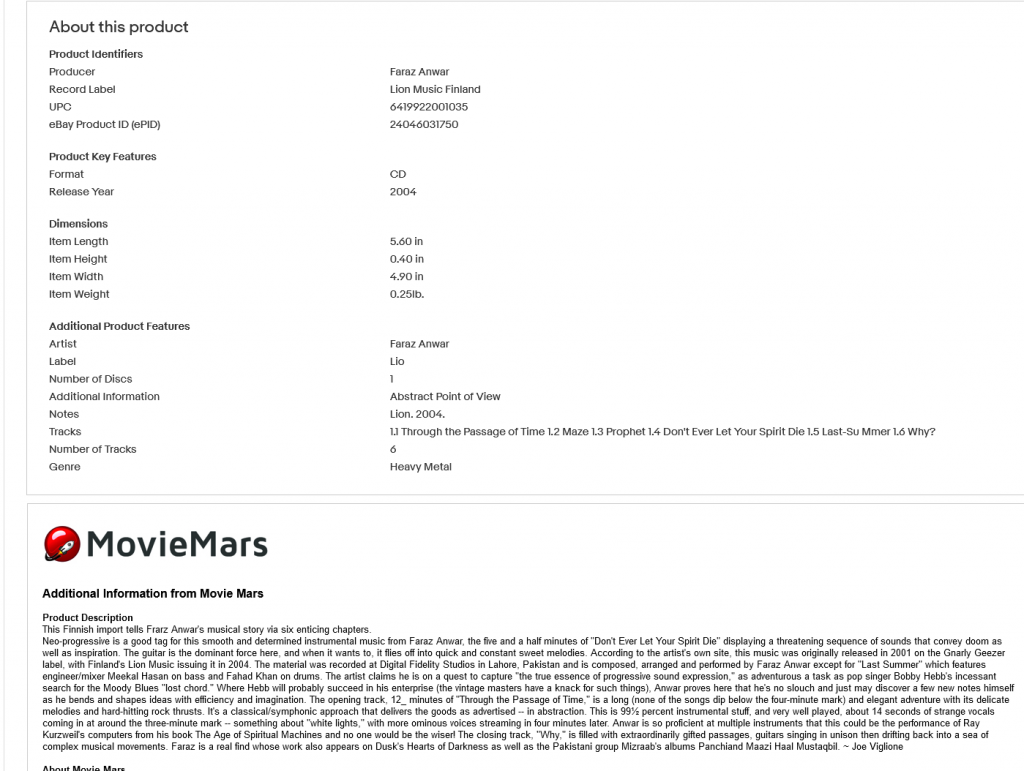
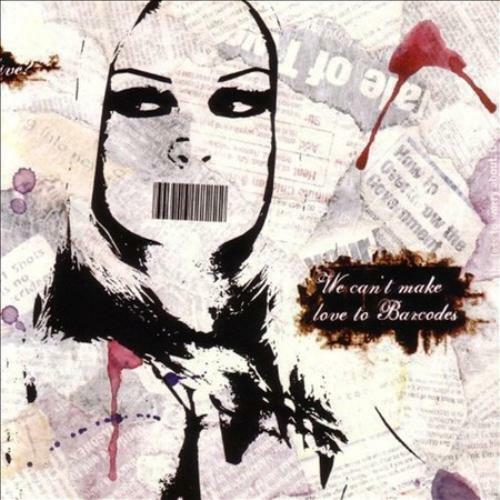
Product Description
Personnel: Josh Emery (vocals, Spanish guitar); Grant McFarland (cello); Jonathan Ahri (bass guitar).
Audio Mixer: Jeff Breil.
The interesting thing about reviewing good music in the age of YouTube is that one can watch a song like “And the Dead Shall Mock the Earth” on the internet while studying the CD. It’s a fascinating scenario because this poppy, punky semi-hardcore band really does have the energy live that one can feel pouring out of this CD, L1fe 1n B1nary. The performance videotape from the record release show at Sun Ginn’s nightspot in Grove City, recorded February 25, 2005, cooks with power. It’s a power that the band is able to push through the grooves of their CD as well. Opening with “The Seraph and Her Ghost” one gets the feeling that they’re listening to a Black Sabbath 33 rpm played at 45! Indeed, with seven tracks that come in at all of twenty-nine-minutes-and-forty-five seconds, the short but sweet disc is about the length of an old Black Sabbath record from the ’70s, and has a spirit and drive that is captivating. There’s a heavy authority to the proceedings evident on the title track, a four-minute onslaught of screams and Keith Moon-styled mayhem. Where labelmates the Red Tops are content to walk on well-trod paths, these guys in Geography stretch and tug at song structure, slamming some intriguing jolts throughout the short but sweet half-hour of performance. “Wherever Particular People Congregate” is as innovative as the title sounds, and the vocal easing up on the constant punk growls found on the other material here is most welcome. The guitar sounds are really special, emphasizing the emotion shared equally by the drums and vocals. “Unaimed” takes the exploratory adventure even further into new millennium punk. Marvelous stuff and a first effort that is entertaining, visionary and most intriguing. ~ Joe Viglione

Alvin Lee’s ZOOM, transferred 5:16 am from eBay
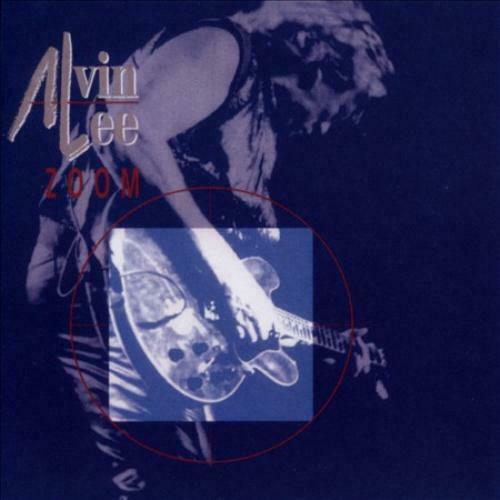
Additional Information from Bargain Bin Media
Product Description
Recording information: Space Studios.
Photographer: Thorsten Buhe.
Released
in Europe on Castle Communications and distributed in the U.S. on
Domino Entertainment, a label founded by producer Rob Fraboni, the
album’s tracks were all shuffled into a different order except for “A
Little Bit of Love,” “It Don’t Come Easy,” and “Use That Power.” An
oddity, but you could put the CD in your player on the shuffle setting
and it would remain one of journeyman Alvin Lee’s finest statements. The
stellar track here is “Real Life Blues,” which hit in spots around the
states, notably in Texas and in Massachusetts. It was a Top 30 hit on
the Billboard charts in Boston when the regional papers published such
tracking. The track featured the unmistakable sound of George Harrison
on slide guitar and Deep Purple keyboard player Jon Lord. This is a
wiser, slower, more methodical sentiment than we once heard Lee make on
“I’d Love to Change the World.” A 16 page booklet accompanies the cover
photo (the bull’s eye on Lee’s guitar), it’s the other side of the flash
guitar Lee’s been known for. “A Little Bit of Love” is Ten Years After
meets Power Station with thunderous drums and very smooth production.
Steve Gould and Deena Payne’s backing vocals chirp over Alan Young’s
boom-boom drumbeat on “The Price of Love,” a bonafide dance tune that
cries for the kind of production that the band Chic made famous — dance
blues. “Moving the Blues” is a fun, Delaney & Bonnie type rocker
with Clarence Clemons on tenor sax. Clemons appears on four tracks,
including “Use That Power,” “Jenny, Jenny” — a Little Richard meets
Mitch Ryder by way of Chuck Berry fun stomper — and the funky “Wake Up
Moma” which has that trademark Jon Lord keyboard filling in nicely. The
instrumental “Lost in Love” is very tasteful. This is a major ’60s/’70s
figure making music on his own terms and it is very satisfying. ~ Joe
Viglione
It is 5:13 am Sunday June 20, 2021. The Invaders are on, sitar music. S2 E9 William Windom with Roy Thinnes THE SUMMIT…since I’ve seen it the show is merely background as I do this harvesting of my writings on eBay from AMG. Mitch Ryder, Got Change for a Million


Product Description
Personnel:
Mitch Ryder (vocals); Rick Schein, Joe Gutc (guitar); Billy Csernits
(keyboards); Marc Gougeon (bass); Wilson Owens (drums).
Recorded at Delta Studios, Wilster, West Germany; Second Suite Studios, Detroit, Michigan.
Mitch
Ryder’s Got Change for a Million?, released in 1981 in Germany on Line
Records, continues the progression started on The Detroit-Memphis
Experiment in 1969 and the subsequent Detroit album produced by Bob
Ezrin. This is no-nonsense blues-tinged rock produced by Tom Conner
along with Ryder. “That’s Charm,” clocking in at five-and-a-half
minutes, is the longest track and indeed has charm. Although Ryder looks
a bit haggard a mere 12 years after The Detroit-Memphis Experiment, his
voice is intact and the tunes, all by Kim Levise and Ryder (aka William
S. Levise, Jr.), have a concise poppy snap. “Red Scar Eyes” is a real
departure, a moody piece with lyrics that go from introspection to
downright deranged, a far cry from the efficient opening track “My Heart
Belongs to Me.” Included with the liner notes are the handwritten
lyrics, from side one seen next to a full glass of beer, and from side
two with a photo of a pen next to an empty glass. The earthy voice of
Ryder found fame as an instrument for producer Bob Crewe and songs by
Crewe, Burt Bacharach, Bill Medley, and others. Although side two’s
opening track “Bang Bang” fails, “Back at Work” and the reggae-flavored
“Ich Bin Aus Amerika” succeed, showing Ryder’s development from singer
to singer/songwriter. The classic growl of this true, well-rounded
journeyman is in fine shape on the exquisite “Bare Your Soul.” “We’re
Gonna Win” opens with looping guitars and unique backing vocals, the
band cooking behind Ryder’s hard-driving voice. The album was recorded
and mixed at Delta Sound Studio in Wilster, West Germany, except for the
final two tracks, “Bare Your Soul” and “We’re Gonna Win,” which were
tracked in Detroit. The album was “recorded and mixed without the aid of
any reduction devices.” Re-released on J-Bird Records in 1995, it’s a
good look at Mitch Ryder on his own. ~ Joe Viglione
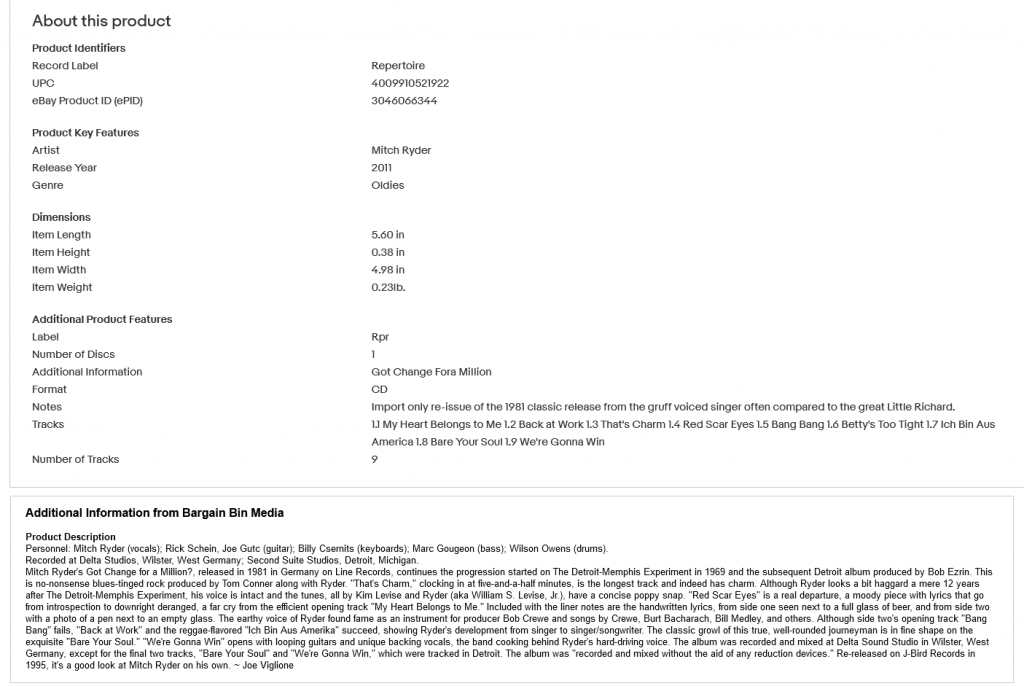

here’s my AMG review of Renaissance
AllMusic Review by Joe Viglione [-] https://www.allmusic.com/album/renaissance-mw0000675393
What made Vanilla Fudge so intriguing was how they and producer Shadow Morton mutated hit songs by stretching the tempo to slow motion so exquisite that even an overexposed song by the Supremes sounded new on the radio. The formula worked fine on covers, but despite their collective talent, the material they composed on Renaissance feels more like psychedelic meeting progressive and has less of that commercial magic. Renaissance is a concept album, produced and directed by Shadow Morton, the man who brought you the Shangri-Las and who produced the second album for the New York Dolls. With a long poem by Carl DeAngelis on the back cover and an amazing construction of a Mount Rushmore-type set of statues of the band members on the front, sculpted in the stars away from Earth, the band moved into an arena yearned for by Iron Butterfly and Rare Earth: respectability. Carmine Appice’s “Faceless People” is the band’s standard sound on an unfamiliar tune. While it is highly listenable, not the tedious chore lesser music in lesser hands becomes, Top 40 could hardly respond to an epic like that or “The Sky Cried When I Was a Boy.” This is the punk version of Emerson, Lake & Palmer, and there should have been a bigger market for it on FM radio. Singer Mark Stein and Tim Bogert compose a prototype that bands like Uriah Heep should have embraced. Calvin Schenkel’s “The Spell That Comes After” offers more than the band’s originals, though Vince Martell’s fuzz guitar on “The Sky Cried” meeting the superb vocals suspended somewhere above it all makes for a nice musical sandwich; their name far more appropriate than the trendy-for-the-time vibe Vanilla Fudge suggests. Martell’s “Thoughts” is eerily cosmic and spaced — his creativity seemed kept in check by the band, which is a pity; his early 1980 demos without the group evidence that his contributions were essential, despite the fame Bogert and Appice would find. Renaissance is a solid, albeit typical, release from this innovative group. Sundazed has re-released Renaissance with three additional tracks. The cover of Donovan’s “Season of the Witch” does more with those two famous chords than most. It is a highlight and proves that covers should have been evenly matched with the originals on these early discs. That’s what got them the audience in the first place, and reinvention is what they did best.
https://www.allmusic.com/album/renaissance-mw0000675393


AllMusic Review by Joe Viglione [-]
Vanilla Fudge took a more basic stance with Rock ‘n’ Roll, bringing in Aerosmith’s first and the Velvet Underground’s last producer, Adrian Barber, to replace Shadow Morton. Guitarist Vinnie Martell sings lead on “Need Love,” and it is a quagmire of rock sounds, offset by Mark Stein‘s “Lord in the Country.” The band then goes after a good but non-hit Carole King/Gerry Goffin number, “I Can’t Make It Alone.” It has that vibe that made “Take Me for a Little While” so important and so timeless, but there’s just something missing. This is Vanilla Fudge‘s trademark sound looking for a new personality. The band started in 1967 by releasing an album of seven cover tunes done Vanilla Fudge-style. Along with Cream, Jimi Hendrix, and a handful of other bands, their sound helped shape Top 40 radio in the ’60s while heavily influencing Deep Purple and what that group would do for the ’70s. “Street Walking Woman” is OK, and that’s the problem with Rock ‘n’ Roll, the album is a picture of a band trying to grow and emerge from the shadow of what initially launched them — a familiar problem in rock & roll. The Sundazed CD contains original mixes of “Sweet Talking Woman” and “The Windmills of Your Mind,” the latter adapted from Dusty Springfield’s hit theme to the film The Thomas Crown Affair. Covers like “The Windmills of Your Mind” are what the band was all about, and this version is grunge, hard rock, that style you know Ritchie Blackmore and company copped for their ride into fame. A 19-minute-and-57-second unreleased studio track, “Break Song” is attached to what was already a 39-minute-and-44-second vinyl LP. That is one full hour of Vanilla Fudge, and Sundazed must be commended for helping put history in order. Still, Rock & Roll bares the strengths and weaknesses of this great ensemble, the weaknesses fully exposed on the 1984 “reunion” LP which pushes Vinny Martell into the background and redesigned the band’s sound. The strengths are found in their ability to pour passions into other people’s already established songs. Just listen to the drums pound away six and a half minutes into “The Windmills of Your Mind,” while the keyboard slashes like a guitar. It’s the Young Rascals meet Moe Tucker of the Velvet Underground, a sublime blend. It’s just too bad sampling wasn’t in vogue back then; Dusty Springfield’s voice would have been the frosting on the cake. The point of “If You Gotta Make a Fool of Somebody,” keyboardist Mark Stein dueting with drummer Carmine Appice, cannot be discerned. It’s OK, but sounds bare, and cries out for Shadow Morton‘s direction. They certainly push the band into a harder direction, but that twinkle in the eye that is the first Vanilla Fudge album seems to have evaporated except for the Carole King and Dusty Springfield covers. The cleancut young men who covered Curtis Mayfield’s “People Get Ready” in 1967 were not the brash musicians who tracked Mayfield’s “I’m So Proud” in 1973 with Jeff Beck. Rock & Roll captures the band as it was disintegrating, and the long bonus track, “Break Song,” is noteworthy, not for musical value, but to show the self-indulgence which would overtake what was an earth-shaking concept. It’s a delicious slice of nostalgia for hardcore fans and musicologists, but the general public might want to stick with a greatest hits package.
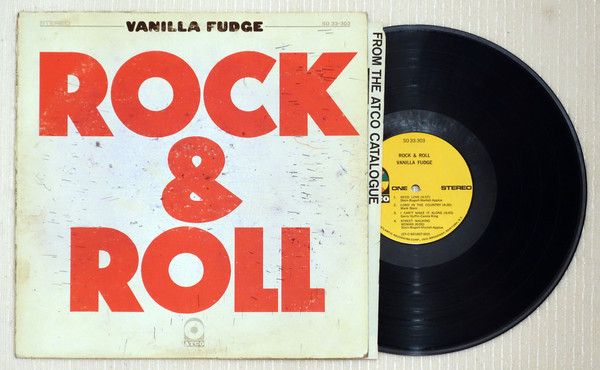


Quiet Riot‘s producer gives Vanilla Fudge — whom producer Shadow Morton discovered in the late ’60s — a “bang your head” onslaught of big hair drums, compressed guitar, and tired homogenization. The fun psychedelic distortion of Vinny Martell is totally stripped away — he is relegated to rhythm guitar on one song and backing vocals on three. That is a total travesty. It is one thing to have the leader of Beck, Bogert & Appice, one Jeff Beck, funk up “My World Is Empty,” even under the disguise of J. Toad (shades of George Harrison in his L’Angelo Mysterioso garb), but this version of the Supremes is so far removed from what made Vanilla Fudge so special that, really, it should be included as a bonus track on a reissue of the 1973 Epic debut Beck, Bogert & Appice. One Ron Mancuso is listed under Martell in the credits, but he is the hip guitarist recruited for this calculated disc to replace Martell. His name might be in small print, but his sound is what is splashed all over this veteran group’s comeback attempt. Proffer takes the once angelic voices and puts them through his machinery to come up with something that could be Patty Smyth‘s Scandal or even 38 Special. Clearly, this wasn’t an attempt at former glories, but a stab at reinventing the band instead of putting their trademark arrangements on familiar tunes. This is everything fans of ’60s music hate about the ’80s. Whether it is the first track, “Golden Age Dreams,” or the decent cover of Dionne Warwick‘s “Walk on By,” or the song that took seven writers to compose, “Don’t Stop Now,” the drumbeat is incessant and is more Quiet Riot than Fudge. The worst track is probably “Hot Blood,” which is Scott Sheets, Mark Stein, and Carmine Appice totally ripping off the chorus of Foreigner‘s 1978 hit “Hot Blooded.” You can rest assured they would’ve been sued if this album sold, but where the covers are amusing, and some of the originals show sparks of ingenuity, “Hot Blood” is so bad that most bar bands would balk before sending it to an A&R man. That this was released on Foreigner‘s own label is even more appalling. The song that follows, “The Stranger,” thankfully does not cop Billy Joel‘s riffs — it is interesting because of the use of Vanilla Fudge‘s slow pace combined with metal of the day. Had the band gone totally heavy metal with this, perhaps taking a Black Sabbath signature tune like “Paranoid” and making it sound like their second Top 40 hit, the eternal “Take Me for a Little While,” much of this could be excused. But “The Stranger”‘s early promise quickly descends into a parody that makes it sound like a Spinal Tap outtake. For musicians who launched Cactus and who could lure Jeff Beck into this quagmire (maybe the reason he goes incognito here is for artistic rather than contractual reasons), it sure sounds like they took Ahmet Ertegun‘s money and ran. “Golden Age Dreams” is a clone of Loverboy‘s 1981 hit sound for “Turn Me Loose.” So this new incarnation of Vanilla Fudge turned to imitating what was current rather than putting a refreshing stamp and change on contemporary records. What the original Fudge and Shadow Morton would’ve have done was take Fabian’s 1959 hit, Turn Me Loose, and have it melt into an eight-minute-plus saga that contorts until it has a re-birth as a slowed down version of the Loverboy title. Someone should re-release this on CD with the Vinny Martell demos from this period. His demo tapes have a charm and sparkle that is absent on this disc. “Jealousy” might boast Jeff Beck, but it is flavored with the Jefferson Starship’s “Jane” and “Find Your Way Back” riffs. Their success with this venture would have been assured had they given the Starship tune “Jane” that original Vanilla Fudge treatment, performed it at the pace of the title track here, “Mystery,” and let Marty Balin sing the lead. Balin was practicing “Jane” before he jumped ship from the Starship — it would have been a coup, and could have made all the difference in the world. It would have been a relief from the labor that listening to the track “It Gets Stronger” is. Nothing on early Vanilla Fudge is as difficult as this experiment.
Collapse ↑


https://www.allmusic.com/album/mystery-mw0000367495
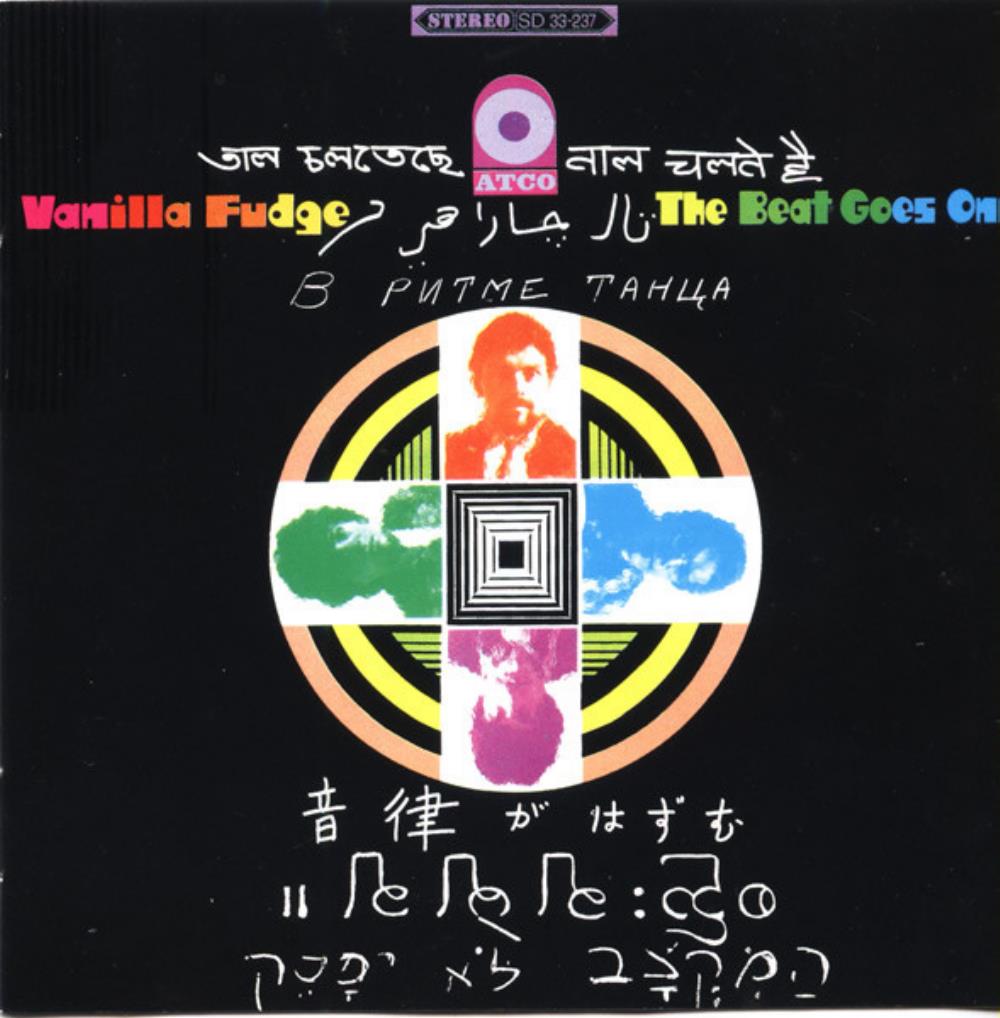
The expanded CD release of this second Vanilla Fudge album is much more accessible than the original vinyl version because of the inclusion of a number of cover tunes, most notably Beatles songs. The revealing liner notes that Sundazed project manager Tim Livingston adds to the reissues of these Atco albums helps put this influential band in a better light. The Beat Goes On is a difficult record, especially after the explosion that was their debut. The single from their previous album, Vanilla Fudge, originally charted in the Top 100 in the U.S. in 1967. (Britain was more hip to the group.) They finally hit in America in the summer of 1968, but had already begun to influence Deep Purple and the Rotary Connection, among others. The problem with this project is that they failed to influence themselves. Bassist Tim Bogert notes that “The Beat Goes On was the album that killed the band,” while guitarist Vinny Martell adds “we had already started our second album when Shadow (Morton) had this other concept idea for The Beat Goes On.” Morton had produced the Shangri Las, not the Beatles, and this creative effort was by a group with only two hit singles arriving on the scene around the time of Sgt. Peppers Lonely Hearts Club Band. Morton set before the boys a daunting task which needed much, much better execution. Renaissance, which they were recording simultaneous with this, at least included a Donovan tune, “Season of the Witch.” The exotic wandering would have been better served by a reworking of “Strawberry Fields Forever” across a side of the disc instead of the keyboard notes which reference the tune. Even a killer guitar version of “The Beat Goes On” would have been more exciting than “18th Century Variations on a Theme by Mozart” or noodlings that can’t decide if they are “Chatanooga Choo Choo” or “Theme to the Match Game.” For a group of impressionable young kids out of high school, as referenced in the liners, this must’ve been extremely rough. The expanded CD has jam session versions of Elvis Presley’s “Hound Dog” and the Beatles’ “I Feel Fine,” “She Loves You,” “Day Tripper,” “I Want to Hold Your Hand,” and “You Can’t Do That.” Any of these extended à la “Eleanor Rigby” from their debut would be more desirable than the interview-type questions about sex; the Beatles’ interest in “Indian meditation” (sitar enters here, and how would the VF know?); audio newsclips of John F. Kennedy, Hitler, and others, all a very strong argument against artistic control for some producers. Exploring the initial ideas that brought them fame was what was expected of Vanilla Fudge. What would you rather hear, readings from The Bible or the single from January 1968, “The Look of Love” b/w “Where Is My Mind”? Thankfully, Sundazed has included the Bacharach/David tune and two additional Mark Stein titles, “All in Your Mind” and the aforementioned B side, “Where Is My Mind,” on the expanded Renaissance album, the real follow-up to the Vanilla Fudge debut. Historically important, listening to this archive piece is truly a labor of love, with the emphasis on labor.
Collapse ↑


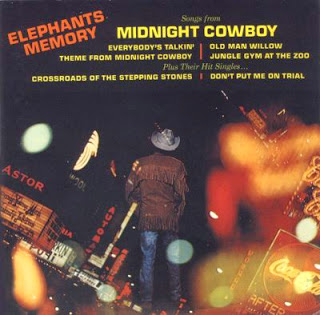
AllMusic Review by Joe Viglione [-]Michael Tschudin led the Boston-based band Listening, but it is the contributions by former Velvet Underground bassist Walter Powers and guitarist Peter Malick which make this album historic. Powers performed over the years with keyboardist Willie Alexander as members of Capitol Recording Artist the Lost, the aforementioned Velvets, and on Autre Chose, a live album from Alexander released on New Rose in Paris. Peter Malick is best known for being Otis Spann’s guitarist and a member of the James Montgomery Band on Capricorn. Their legendary status in Boston rock & roll history brings positive notoriety to the fine music on this Vanguard release. “So Happy” is the poppiest tune, a cross between the Monkees and the Mojo Men, which is quite misleading. The album runs the gamut from pop to blues to jazz. “Baby Where Are You” is some strange fusion of Motown and the Spencer Davis Group which then veers off in a frenzy of effects and musical jam. Eight of the 11 tracks are written by keyboard/vocalist Michael Tschudin, with three titles attributed to the group. “See You Again,” one of the group efforts, is another jam with riffs the Who would greatly appreciate. Phish’s success validates how ahead of its time Listening truly was. There is certainly an identity here as Tschudin takes the boys through all sorts of styles inside the tune “Laugh at the Stars.” Elements of Jimi Hendrix, the Band, and the Vanilla Fudge swirl around in the pretty decent production by Michael Chechik. Where peer group the Peanut Butter Conspiracy sound forced, Listening is right on target. There’s just no hit single here that could launch these gentlemen from the trap known as “The Bosstown Sound.” “9/8 Song” is definite jazz, kind of like latter-day Rascals, and we know how good that was, and how far it didn’t go. “Stoned Is” sounds like the Velvet Underground performing “Chest Fever” by way of Lou Reed’s “New York Stars” from Sally Can’t Dance. It would fit perfectly on the ’60s film soundtrack Psych-Out. Listening has punch and creativity which deserved a better fate.
https://www.allmusic.com/album/listening-mw0000673731
https://www.allmusic.com/album/listening-mw0000673731

Genre: Psychedelic Rock
Rate: 320 kbps CBR / 44100
Time: 00:48:23
Size: 110,65 MB
Review by Joe Viglione
After original vocalist Carly Simon left Elephant’s Memory for her own fame and fortune, the band recorded their self-titled Buddah debut, Elephant’s Memory, with Michal Shapiro handling the female lead. That disc is not their John Lennon/Yoko Ono/David Peel Apple Records debut from 1972, which was also named after this ensemble. When two Elephant’s Memory songs from the 1969 Buddah Records album appeared in the Capitol Records soundtrack to the film Midnight Cowboy, Buddah vice president Neil Bogart revamped and re-released the original LP, most likely and understandably, to cash in on the attention the band was getting from the hit film.
“Old Man Willow” and “Jungle Gym at the Zoo” from the first LP appeared in Midnight Cowboy, and they show up again on side one of this disc along with a different spin on the Nilsson hit “Everybody’s Talkin’.” Here Michal Shapiro gives a woman’s take on the classic Fred Neil composition over a poppy/folksy Wes Farrell production. There’s a strange instrumental version of John Barry’s theme to “Midnight Cowboy,” jazzy rock with a female vocal, most likely Michal, adding a nice eerie resonance to the spirited and jumpy rendition, a far cry from the version that contained Vinny Bell’s elegant guitar, the Top Ten hit for Ferrante & Teicher in 1969. The two new titles as well as the Elephant’s Memory material from the movie make up side one. Side two contains seven more titles from the first LP, including the singles that were released from that disc, “Crossroads of the Stepping Stones” and “Don’t Put Me on Trial,” two excellent slices of ’60s pop. Over 40 minutes of music graces Songs From Midnight Cowboy Plus Their Hit Singles, the two new titles plus everything from the Buddah debut minus the songs “Band of Love” and “Hot Dog Man” (which was the flip of the 45 rpm “Jungle Gym at the Zoo”). The album could have been even more interesting had their 45 rpm “Keep Free, Pts. 1 & 2” from November 1968 found its way onboard rather than the reissue of “Yogurt Song,” a composition from keyboardist Richard Sussman and drummer Rick Frank which sounds like a Frank Zappa nightmare.
Other than that, the album actually is quite consistent and is lots of fun. Later releases Take It to the Streets and Angels Forever don’t have the pop meets psychedelia underground feel of this neo-bubblegum period piece.
Tracklist:
01 – Everybody’s Talkin’ 03:50
02 – Old Man Willow 07:07
03 – Midnight Cowboy 02:58
04 – Jungle Gym At The Zoo 02:15
05 – Crossroads Of The Stepping Stones 02:56
06 – Don’t Put Me On Trial No More 02:52
07 – Super Heap 05:32
08 – R.I.P. 01:43
09 – Yogurt Song 02:58
10 – Band Of Love 04:11
11 – Takin’ A Walk 03:49
12 – Hot Dog Man 03:34
13 – Brief Encounter 04:38
http://southernbluesrock.blogspot.com/2014/07/elephants-memory-1969-songs-from.html
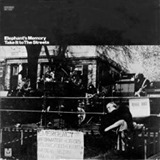
More cohesive than their RCA release in the mid-’70s, the New York underground band who worked with John Lennon, Yoko Ono, and David Peel finds themselves on Metromedia, the label which had hits with Bobby Sherman, unleashing eight originals written mostly by drummer Rich Frank and lead vocalist/tenor saxman Stan Bronstein. Guitarist David Cohen contributes to a couple of tunes, with pianist Myron Yules and guitarist Greg Peratori also involved in the songwriting, but it is Frank (listed on the credits as Reek Havoc) and Bronstein who are the major forces behind this well-known-but-not-often-heard group. Clearly it was Lennon’s participation on an early disc and not the band’s notoriety which made them almost a household name, but one hit record could have changed all that. There is no hit here, but there is some experimental rock that Frank Zappa should have snapped up for his Straight Records. A bubblegum label could only move this if they were called Crazy Elephant and had something akin to “Gimme Gimme Good Lovin’.” Rather you have the antithesis, “Mongoose,” followed by “Power” and the revolutionary “Piece Now.” The technical proficiency is traded in for angst and lots of rock & roll attitude. “Piece Now” could very well be MC5, and the music on all three of the first tunes is dense and noteworthy. “Tricky Noses” ends side one with a flurry of bullets stopping a country-ish protest song, making the point quickly and with uneasy ease. Away from their famous friends, the seven-piece group is at least interesting here, with “She’s Just Naturally Bad” sounding like Blue Cheer when they abandoned the sonic onslaught for laid-back folk-rock. Flashes of Dylan and Lou Reed make their way onto the tune. Pianist Myron Yules delivers the only song that Rich Frank and Bronstein aren’t associated with, “I Couldn’t Dream,” a light Paul McCartney-style throwaway number.”Damn” gets things somewhat heavy, a nice counterpoint to side one’s “Power.” This is where the band shines, solid ensemble rock with riffs and lots of not-so-quiet energy. For collectors who need anything by anyone ever associated with the Beatles, the Elephant’s Memory’s collection is not to be forgotten. “Ivan” is smooth New York rock a few years before Lou Reed would enter his Coney Island Baby phase, but definitely sounding like it could fit on that epic. Take It to the Streets is a true rock & roll artifact and holds some surprises worth rediscovering.
https://www.allmusic.com/album/take-it-to-the-streets-mw0000850732
https://www.allmusic.com/album/take-it-to-the-streets-mw0000850732
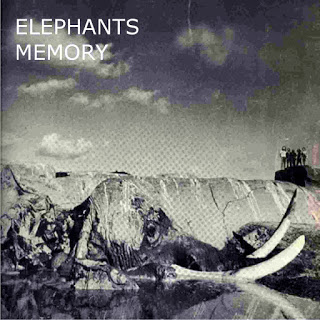
Clearly it was Lennon’s participation on an early disc and not the band’s notoriety which made them almost a household name, but one hit record could have changed all that. There is no hit here, but there is some experimental rock that Frank Zappa should have snapped up for his Straight Records. A bubblegum label could only move this if they were called Crazy Elephant and had something akin to “Gimme Gimme Good Lovin’.” Rather you have the antithesis, “Mongoose,” followed by “Power” and the revolutionary “Piece Now.” The technical proficiency is traded in for angst and lots of rock & roll attitude.
“Piece Now” could very well be MC5, and the music on all three of the first tunes is dense and noteworthy. “Tricky Noses” ends side one with a flurry of bullets stopping a country-ish protest song, making the point quickly and with uneasy ease. Away from their famous friends, the seven-piece group is at least interesting here, with “She’s Just Naturally Bad” sounding like Blue Cheer when they abandoned the sonic onslaught for laid-back folk-rock. Flashes of Dylan and Lou Reed make their way onto the tune.
Pianist Myron Yules delivers the only song that Rich Frank and Bronstein aren’t associated with, “I Couldn’t Dream,” a light Paul McCartney-style throwaway number.”Damn” gets things somewhat heavy, a nice counterpoint to side one’s “Power.” This is where the band shines, solid ensemble rock with riffs and lots of not-so-quiet energy. For collectors who need anything by anyone ever associated with the Beatles, the Elephant’s Memory’s collection is not to be forgotten. “Ivan” is smooth New York rock a few years before Lou Reed would enter his Coney Island Baby phase, but definitely sounding like it could fit on that epic. Take It to the Streets is a true rock & roll artifact and holds some surprises worth rediscovering.
by Joe Viglione http://therockasteria.blogspot.com/2016/09/elephants-memory-elephants-memory-1972.html
http://therockasteria.blogspot.com/2016/09/elephants-memory-elephants-memory-1972.html
NO MILK TODAY Herman’s Hermits Song Review by Joe Viglione https://www.allmusic.com/song/no-milk-today-mt0013061887 [-]

As with many Herman’s Hermits hits, the songs are so indellibly linked to Peter Noone and company that few cover versions turn up, though garage bands Los Checkmates and The E Types did pick up on this wonderful melody from songwriter Graham Gouldman who released the tune himself on his Peter Noone produced solo lp. Clocking in at two minutes and fifty-seven seconds, MGM single #13681 went Top 35 two weeks after the flip side, “There’s A Kind Of Hush”, went Top 5 in March of 1967. Acoustic guitar opens this perfectly constructed pop tune with bells, backing vocals and the immense production found on “There’s A Kind Of Hush”. This is serious pop music, minus the strings and heavy backing vocals you have a style that R.E.M. embraced and brought into another era.
The lyrics are more obscure than two other Gouldman /Herman’s Hermits classics, “Bus Stop”and “For Your Love”, and the chord changes that go along with those lyrics are superb. As the tune twists and turns Mickey Most brings different sounds in to keep the listener glued to the radio. Special music from a special time, it’s too bad R.E.M. and the modern rock bands they spawned don’t pay more attention to the prototype.

In 1982, David Bowie released In Bertolt Brecht’s “Baal”; four years earlier, the prestigious RCA Red Seal classical label had Bowie narrating Prokofiev’s Peter and the Wolf, and with his stint on Broadway as The Elephant Man, the artist stretched himself brilliantly. There is not enough spoken word by popular recording artists in today’s world. Steven Tyler may show up on a Kerouac tribute performing one track; Grace Slick, Lou Reed, Peter Frampton, Marty Balin, and so many others have cut promotional interview discs for insiders, but it is surprising how the record industry has, for the most part, ignored this inexpensive and wonderful format to further endear artists to their fans. Jim Morrison’s poetry, after all, was all that was left when Elektra published An American Prayer — and that fans purchase low-quality bootlegs of many artists should have been a signal in the past to deliver this type of product to the marketplace. The scarcity of such projects makes Bowie’s close to 30 minutes of narration that much more delightful. The Peter and the Wolf album is divided into two sides. The narration by David Bowie of public domain material originally written by Prokofiev takes up 27 minutes and eight seconds, while the second side of this green-colored vinyl LP has 17 minutes and ten seconds of Eugene Ormandy conducting Benjamin Britten’s Young Person’s Guide to the Orchestra with the Philadelphia Orchestra. Ormandy and the aforementioned musicians from Philly also back up Bowie on side one. This RCA Red Seal release includes detailed liners and the project, according to Mary Campbell’s notes, is specifically geared to “introduce children to the sounds of the individual instruments in the symphony orchestra.” Both Prokofiev and Britten wrote their respective pieces with this aim in mind. That makes this record all the more charming — imagine what it could do if teachers would actually use it on a large scale to educate? As for Bowie’s performance, it is splendid. He tells the well-known fable with his usual eloquence and style, and gives instructions at the beginning for kids to understand how the music corresponds to characters in the story. The accompaniment from the Philadelphia Orchestra is first rate, the lush sounds more exciting on the Bowie side than on Variations and Fugue on a Theme of Purcell, which makes up side B. Interesting how this project, if promoted today, could bring the name David Bowie to a huge audience of young people. A remarkable and well-crafted project. ~ Joe Viglione https://www.allmusic.com/album/david-bowie-narrates-prokofievs-peter-and-the-wolf-mw0001375571
Amazingly, if you go to eBay you’ll find many of my AllMusic reviews The AMG Reviews have been published on Rollingstone.com Billboard.com, DjangoMusic, MSNBC, eBay, Oldies.com, LivexLive, a long, long list of my reviews republished on dozens of websites. We’re tracking down as complete a list as we can build.
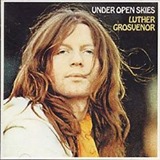
https://www.allmusic.com/album/under-open-skies-mw0000103653
Under Open Skies is a very strong album by the Island recording artist who left Spooky Tooth and joined Mott the Hoople after that group left Island for CBS. “Ride On” begins the festivities with Grosvenor playing both bass and lead guitar; Spooky Tooth’s Mick Kellie provides the drums; John Hawken is on piano; and harmonies are by Jim Capaldi of Traffic and the man Luther Grosvenor replaced in Mott the Hoople, Mick Ralphs. Here is the oddity of Under Open Skies, where Verden Allen’s “Soft Ground” really disrupted the flow of the All the Young Dudes album, a tune like “Here Comes the Queen” would have been dynamite for Ian Hunter and the boys. (After writing this review, Justin Purington of the Mott the Hoople website, Justabuzz.com, noted they did perform the song live in 1974, and that it rocked.) While that band was being over-extended was the time to lean heavily on Grosvenor. He came off like a hired gun rather than Mick Ralphs’ true replacement, and this highly creative work shows just what he could have truly brought to the Mott table if he was given the chance. “When I Met You” has the Move’s Trevor Burton on bass, inspired guitar playing by Grosvenor, and a vocal by the artist leaning toward Steve Winwood. The title track is just amazing, Trevor Burton and Mick Kellie making up two-thirds of the three- piece band which pulls of this brilliant Githa Grosvenor/Luther Grosvenor pre-Ariel Bender composition. That the reconstituted Mott or British Lions failed to pick up on this individual to continue their work is just a shame. They went in a failed heavy metal direction while the possible key to their success was in this spirited and very complete work. The title track is mystical and amazing, while the inside cover has a tremendous photo of Grosvenor dressed up like Ozzy Osbourne in white cape, immersed by beautiful green trees, and a small pig to the far left. With Jim Capaldi’s Oh, How We Danced and John “Rabbit” Bundrick’s Broken Arrow, Under Open Skies by Luther Grosvenor is part of a unique trilogy of discs on Island records by sidemen who crafted records more complete than some of the discs by the groups they played in — Traffic, Free, and Spooky Tooth — respectively. Musicians overlap on all three of these recordings. Nice, touching liner notes by Jim Capaldi are included as well. “Waiting” would have been a nice moment for Spooky Tooth, while “Rocket” recalls Denny Laine’s “Say You Don’t Mind.” If Grosvenor submitted this as a term paper, the teacher would have to give it an A+.
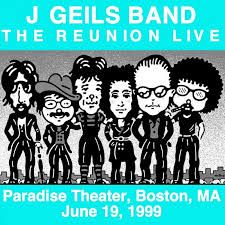
Before the reformed J. Geils Band embarked on its stadium tour in 1999, the band did a surprise set at Boston’s legendary Paradise Theater, the room where Billy Joel tracked his hit “She’s Got a Way,” where David Johansen videotaped his hit Animals medley, and where bootlegs by Blondie and the Cars were recorded. This double CD showed up on eBay titled Jake Geils Band, perhaps a clever way to get under the net. The recording quality isn’t the greatest — which is surprising these days with DAT machines and mini-discs proliferating and allowing for higher-quality contraband, but it exists, and it is important. In 1972 the legendary live act released Full House, in 1976 the double-LP Blow Your Face Out, and, after they left Atlantic, Showtime was unleashed in 1982 on EMI. In that ten-year period, none of the songs overlap on those eight sides of live material, except for a tease of “Looking for a Love” on Blow Your Face Out, a title released in complete form on Full House. That is just a phenomenal depth of catalog. As one can imagine, they pulled out all the stops on the 1999 reunion tour, and all the hits from all three live albums are included in the set. Truly, this is the “best of” J. Geils. The drummer on this gig was not Stephen Jo Bladd, though he did appear at the press conference prior to the tour launch. Henry Rollins’ drummer filled in and did a decent enough job, though Duke & the Drivers’ Mark Highlander would have been the perfect choice; he plays with bassist Danny Klein in their own group, Stone Crazy — the combined rhythm section from Duke and Geils is pure magic. Jake Geils Band: The Reunion is a terrific model for a definitive live album from Peter Wolf and the J. Geils Band. Without dipping into any solo Wolf hits, this performance was over the top — Wolf was dynamic that night and the band played with enthusiasm that was just bursting at the seams. Had they parked the recording truck outside and rush-released a similar two-disc set on opening week of the tour, who knows what excitement it could have generated for this fabulous and underrated ensemble. The set is perfectly constructed, and if the downside of the layoff was that they never recorded in the years between, the upside is the renewed energy and spirit. “You keep stomping, we’ll keep playing, we’re going to rock till we drop…” Wolf yells to the crowd, and he meant it. “This is the first time we’ve played in front of an audience in 17 years,” he added, and that reason alone makes the documentation all the more vital. After only 70 seconds of a slow and bouncy “Where Did Our Love Go,” the sold-out audience starts singing the tune before the band chimes in! Almost two decades was a bit too long to keep the faithful waiting. The Uptown Horns add nice punch to “Land of a Thousand Dances”; one can only hope there is a better-quality version of this performance out there — truly an amazing night that, in true bootleg tradition, was found sold on the streets of New York and resold on eBay. Somehow great music finds its way. https://www.allmusic.com/album/jake-geils-band-the-reunion-live-paradise-theater-boston-ma-mw0001214857
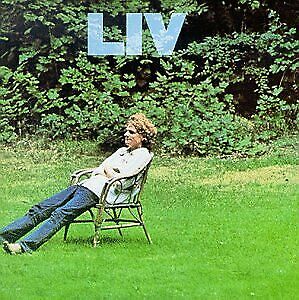
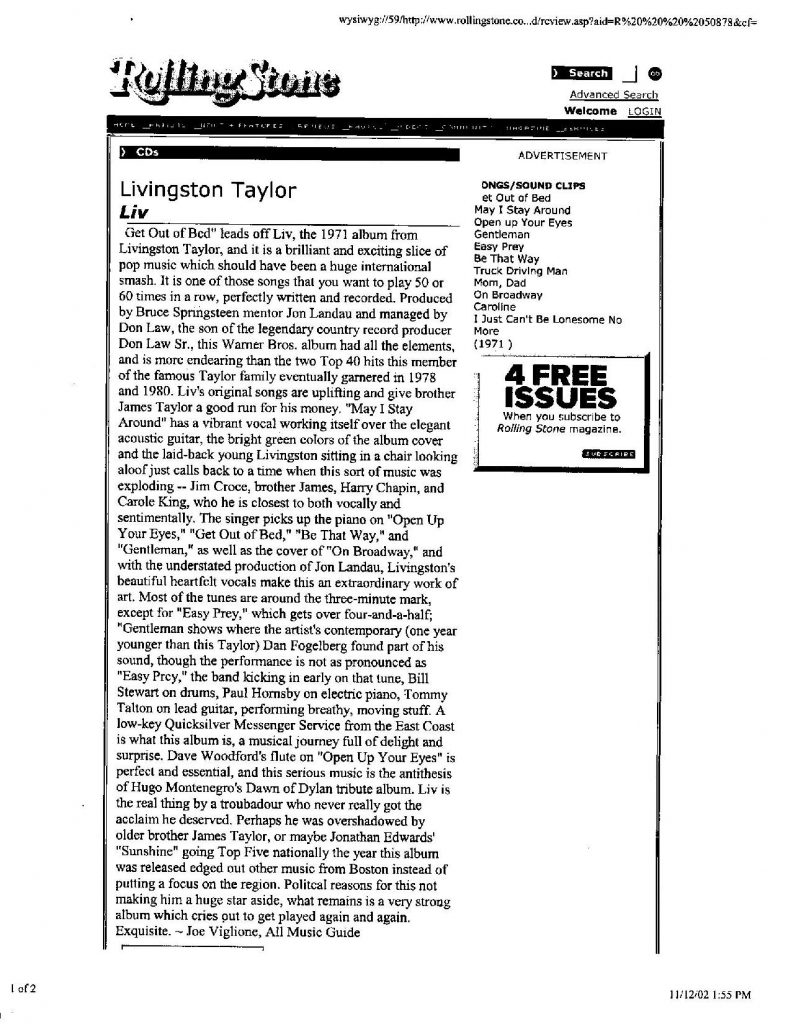

Perhaps Joe Viglione of All Music Guide said it best in a retrospective of Taylor’s career when he noted that brother James’ second solo release, “Sweet Baby James,” won world acclaim but Livingston’s 1970 self-titled revue was a multi-faceted “world unto itself.” Subsequent albums, equally richly textured, and Taylor’s warm, effusive style has built him a loyal following that has consistently kept him on the road. https://www.washingtonexaminer.com/the-chronicles-of-liv-taylor?_amp=true
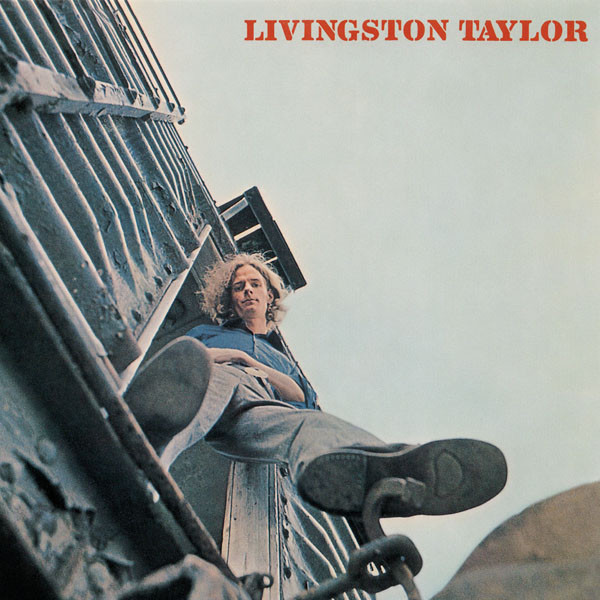

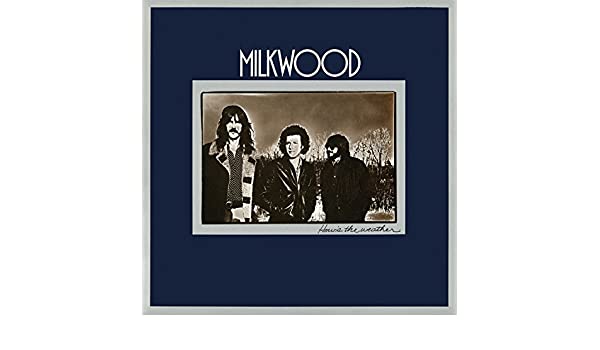
AllMusic Review by Joe Viglione [-]
For fans of the Cars this release pre-dates Rick & the Rabbits — the name that Modern Lover Jonathan Richman gave Richard Ocasek and Ben Orzechowski prior to their becoming Captain Swing, the band that evolved into the Cars. Recorded at Aengus Studios in Fayville, MA, where Andy Pratt created his classic “Avenging Annie,” the trio includes Jas Goodkind on lead acoustic and electric guitars, supplemented by various friends. Track three is the only non-Ocasek original, written by the late Ben Orr, and “Lincoln Park” is an example of why Cars fans have called this Ocasek and Orr‘s Crosby, Stills & Nash phase. Greg Hawks was working with Martin Mull and his Fabulous Furniture, but he appears on this album playing baritone, soprano sax, and doing the horn arrangements. Jeff Lass plays the keyboards here, although Hawks would join the Cars and create a sound so admired that Paul McCartney would fly Greg to England to perform on his “Motor of Love” on the Flowers in the Dirt album. “Bring Me Back” is a wonderful early Ocasek essay, and this album shows the ’80s pop ensemble in a delicate and charming light. Only “Timetrain Wonderwheel” hints at the direction Ocasek would eventually take. The vibe is like America’s “Sandman,” and this is as close to Panorama as you are going to find here. The experimental sounds and jams make it the strongest track on How’s the Weather. Hawks‘ horns are nothing short of brilliant, and they play like his innovative keyboards that were so essential to the Cars‘ eventual success. The vocal phrasings on this song are significant, and “Timetrain Wonderwheel”‘s importance as an artifact of a band prior to its greatness cannot be ignored. “Makeshift Pawn” opens side two and sounds like a low-key David Gates or England Dan/John Ford Coley. Hearing the material is astounding when one thinks of the sci-fi overtones of “Moving in Stereo.” These guys had the chops and passion in “The Light Won’t Burn” as well as “Winter Song,” but there’s no denying that there’s little hint of the change in direction that would bring Ocasek, Orr, and Hawks to superstardom during the ’80s. “Along the Way” truly sounds like Crosby, Stills, Ocasek & Orr.
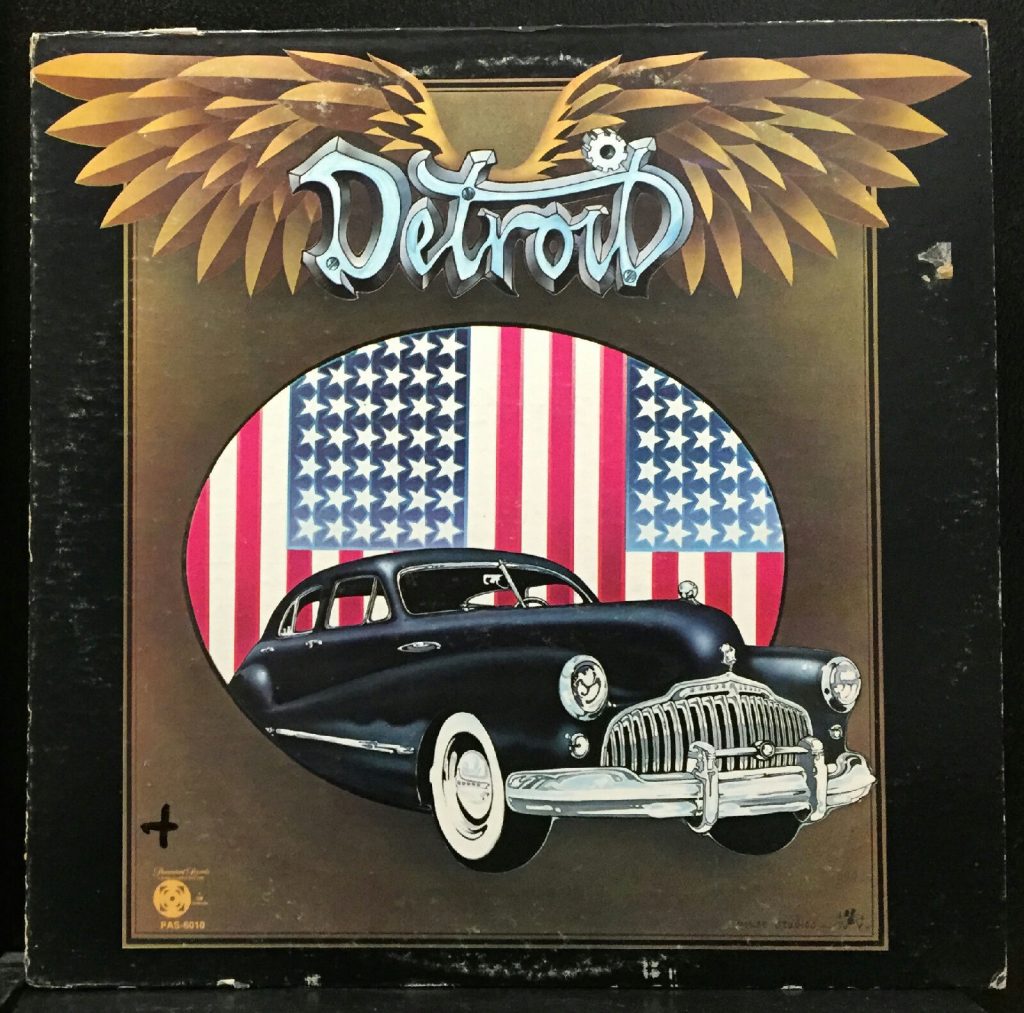
http://www.allmusic.com/cg/amg.dll?p=amg&sql=10:hvfwxqt5ldae
Review by Joe Viglione
It opens with the roar of “Long Neck Goose” and MitchRyder returns to Detroit with a band named after his city, one that should have been as big as Boston, Chicago, or even that ensemble named after a state, Kansas. Detroit the group rocks grittier than any of
the above, and though household recognition eluded them, the album is revered and far more important than the wandering Dave Marsh’s original liner notes dared
speculate. About 15 years later, Marsh would write even more about this music with all new liner notes for the cassette, still not comprehending the essence of this music. After recording in Memphis, the blues vocalist headed up to Manta Sound in Toronto to track this essential album and begin his status as an underground legend with ’60s hits under his belt.
Being on Paramount Records didn’t help; the Gulf & Western company was a division of Famous Music publishing, and though they were cool enough to sign the Cars when
that band was known as Milkwood, the label just couldn’t compete, despite this project’s enormous strengths.
The disc is chock-full of excitement. Steve Hunter’s guitar work makes everything come to life, framed perfectly by Harry Phillips’ elemental keyboards and Bob Ezrin’s powerful production. Why bassist W.R. Cooke is allowed to do the lead vocal on the shuffling, almost doo wop “Box of Roses” is the mystery. We all came to this party to hear Ryder belt ’em out. And Ryder screams throughout; “Is It You (Or Is It Me)” gets that howl, as does this immortal cover of Lou Reed’s “Rock ‘n’ Roll.” Redesigned with snarling Steve Hunter guitar licks and tons of pounding anticipation, the song was the underground hit from this now-classic album and just perfect for the voice of William Levise Jr.. The organ supplements
Hunter’s exploding guitar work and Mitch Ryder’s orgasmic vocal howls over a gargantuan rearrangement of a Velvet Underground tune released a year earlier.
But there’s more to the album than the excitement generated by the 45 RPM of the Lou Reed cover — Ron Davies’ “It Ain’t Easy” boasted renditions by many,
from Long John Baldry to Bowie on his Ziggy Stardust
album, but Ryder gives the song some real definition.
The original vinyl had four songs on each side; the reconstructed compact disc and cassette changed the order a bit to make room for about five minutes of a stunning version of the Rolling Stones’ “Gimme Shelter.” Reissue coordinator Andy McKaie sent this
writer a thank-you note in 1986 after letters to Irving Azoff and A&R gal Kate Hyman proposing the re-release — and suggesting the inclusion of “Gimme
Shelter.” As Marsh comments, the extended version was
utilized on the re-release, not the shorter B-side
originally issued.
The entire album is a keeper, with the slow blues of
“Drink” and the concluding passions in “I Found a
Love.” Both guitarist Hunter and producer Bob Ezrin
would be involved with Lou Reed’s monumental Berlin
two years after this, with Steve Hunter joining Reed’s
live band for what is now known as the Rock ‘n’ Roll
Animal Tour. This album made all that possible and is
as much fun to listen to as it is important. The
prices the re-release of the CD fetch on e-bay prove it.
Tracks
1 Long Neck Goose Ezrin, Ryder 3:13
Composed by: Ezrin, Ryder
Performed by: Detroit
2 Is It You (Or Is It Me) Bee, Ryder 4:05
Composed by: Bee, Ryder
Performed by: Detroit
3 Box of Old Roses Cooke 2:45
Composed by: Cooke
Performed by: Detroit
4 It Ain’t Easy Davies 3:22
Composed by: Davies
Performed by: Detroit
5 Rock & Roll Reed 6:10
Composed by: Reed
Performed by: Detroit
6 Let It Rock Anderson 3:25
Composed by: Anderson
Performed by: Detroit
7 Drink Manko, Optner 5:41
Composed by: Manko, Optner
Performed by: Detroit
8 Gimme Shelter Jagger 4:58
Composed by: Jagger
Performedby: Detroit
9 I Found a Love Pickett, Schofield, West
6:40
Composed by: Pickett, Schofield, West
Performed by: Detroit
++++++++++++++++++++++++++++++++++++
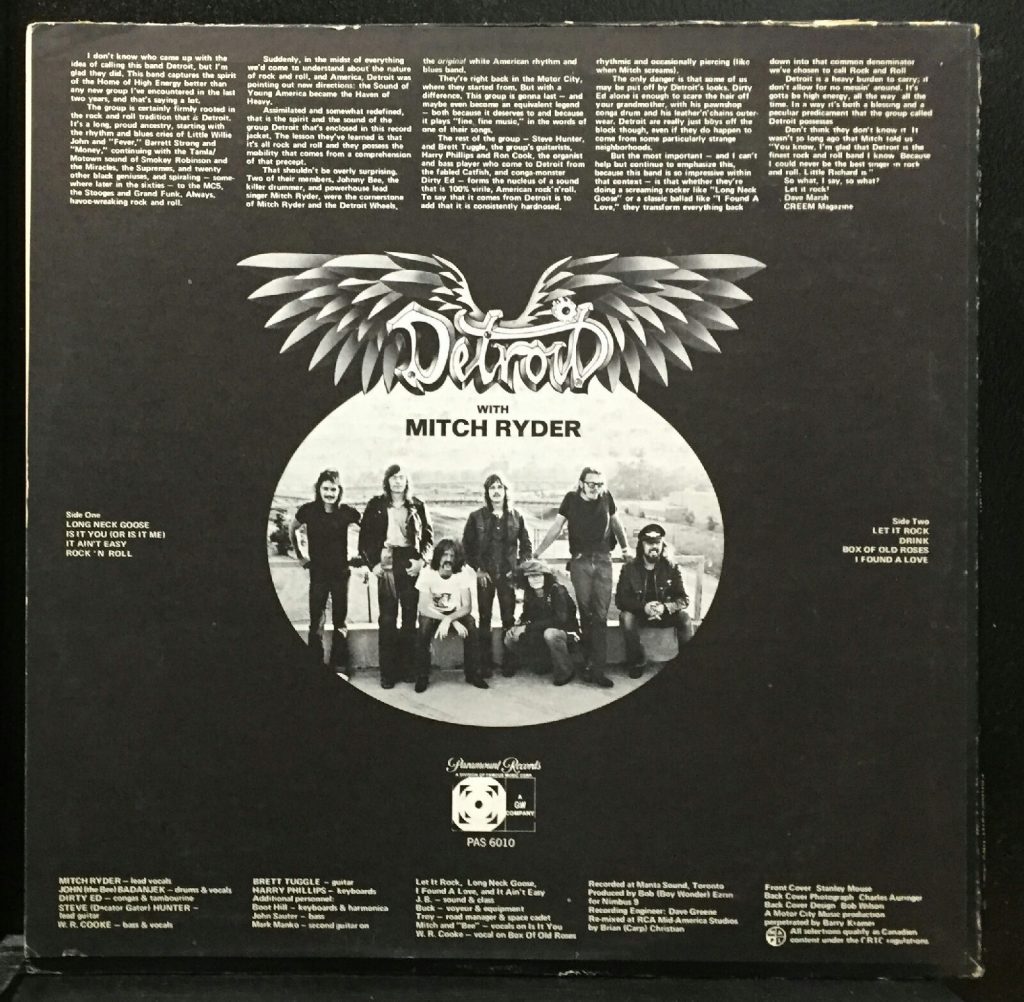
DETROIT MEMPHIS EXPERIMENT
http://www.allmusic.com/cg/amg.dll?p=amg&sql=10:fxfqxqu5ldae
Detroit-Memphis Experiment

Mitch Ryder‘s voice is in great shape as Steve Cropper takes over the production reigns from industry legend Bob Crewe. There are more than a few digs at Ryder‘s past in the liner notes, but the music is truly the voice from Detroit meeting the sound of Memphis. The 12 songs here are statements, all clocking in under four minutes and above two and a half. These compact tunes like “I Get Hot” and the Cropper/Levise original “Long Long Time” — not the Linda Ronstadt hit — have Ryder/Levise pouring his well-known voice all over the grooves. “Boredom” is the strangest, and prettiest, song in the lot, written by Matthew Fisher, Gary Brooker and Keith Reid of Procul Harum bringing a British progressive pop sound to this rhythm and blues album, to good effect. Island vibes pervade this departure from the expected Mitch Ryder as well as Booker T sound. It’s a delight. “Push Aroun'” would be fine for Wilson Pickett but it sounds like early Lou Reed circa Cycle Annie, Ryder‘s voice smoother than usual, with super little guitar licks bubbling under and over the hot rhythm. Cropper says in his liner notes that this started as an “Experiment” but became the “Detroit Memphis Experience.” That is a more accurate description. The blues/gospel touches of “I Believe” and the Cropper/Redding co-write “Direct Me” on the second side blend nicely with the subtle rendition of “Raise Your Hand,” a tune Janis Joplin performed with her Kozmic Blues Band and which obtained more noteriety because of the rekindled interest in her through the magic of box sets. “Sugar Bee” and “I Get Hot” are fine little numbers. There is a maturity to Mitch Ryder‘s voice here — his performance on this disc perhaps a cross between the early hits and the ballads Crewe had him singing later on. It is very, well, refined for this rock/blues combo. Just two years later, producer Bob Ezrin would lay the foundation for the highly influential Rock & Roll Animal band by pairing Ryder with Steve Hunter and their concoction of the definitive cover of Lou Reed‘s anthem “Rock & Roll.” That album would be released on the Paramount imprint, while Detroit Memphis Experiment came out on Paramount’s Dot label. The anger in the liner notes would indicate a more vindictive bite in the material, but it’s probably for the best that Booker T & the MGs featuring Mitch Ryder, which is what this record is, simply delivers a no-nonsense one-two punch of good music. The singer proclaims on the back cover that ” Mitch Ryder is the sole creation of William S. Levise, Jr.” — and makes reference to being “raped by the Music Machine.” It is great music, but there was no business person to deliver a hit single from this excellent collection. Maybe if someone with Bob Crewe‘s drive had supervised the work as Crewe oversaw the Toys‘ Lover’s Concerto album, there would be a greater appreciation for this landmark recording. It still has a lot to offer. The horns on “Eenie Meenie Minie Moe” interact nicely with Ryder‘s voice, and the atmosphere is very party like. In fact, that’s what this is, the great undiscovered Mitch Ryder party album. Would make a wonderful two-fer with the Ezrin-produced Detroit platter.

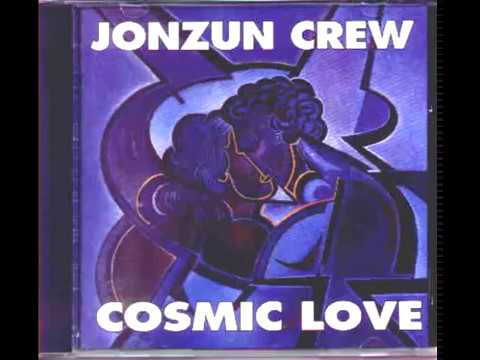
The Jonzun Crew’s long-awaited fourth album, Cosmic Love, was released on the BMG-distributed Critique label in 1990. Michael Jonzun had — and still has — vast archives of songs recorded during this period. Like so many, the very excellent “Baby I Surrender” is not on this collection, but that doesn’t stop Cosmic Love from still being an important and highly listenable part of the Jonzun Brothers’ history. A band that should have released at least a dozen discs by this point in time, Mission Control Studios owner Michael Jonzun crafted his album over many years, and the precision and care he put into Cosmic Love is obvious from start to finish. The controlled insanity of the band’s earlier success is absent, replaced by smooth soul, studied R&B, and no-nonsense funk-rock. The title track shimmers with the vibrations found on the best records by the Commodores, while “Write Me Off” sounds like a direction Stevie Wonder could have chosen. Why the New Kids on the Block weren’t brought in to promote this music in TV ads is perplexing — NKOTB were huge at the time and core fans of Jonzun Crew couldn’t wait for their next release. There are ten songs here bookended by a prologue and epilogue, perfectly produced epics culminating in the superb “Wall of Fame.” The general public had no idea that this was the co-producer of two hugely popular groups, along with hit recordings by Peter Wolf, and this album drifted into obscurity as one of the best kept secrets in Boston rock & roll. La Vern Baker producer Barry Marshall shows up on guitar, as does Phil Greene from the ’70s band Swallow — there are lots of Boston “underground” names on the disc, yet the band was never embraced by the Boston “critics” and few understood the depth of Jonzun’s artistry. “Living in This World” is a nice ballad, while “Playhouse” is powerful dance-funk. The telling moment on the disc, though, the potential hit that never got the attention that it deserved is, as mentioned, the final song, “Wall of Fame.” This one tune contains all the finest elements of the Jonzun Crew’s best work, and that it didn’t take the charts by storm is a sin. “Ordinary Man,” “I Do Love You,” “Spotlight,” “This Time (Let’s Talk It Over”) could all hit for artists smart enough to seek this material out, but it is at its best when performed by Michael Jonzun. Though Cosmic Love may have a few too many love songs and ballads for fans of the group’s earlier hits, “Space Cowboy” and “Pac Jam,” it still is an impressive artistic statement, and a beautiful work which deserves a better place in music history.
https://www.allmusic.com/album/cosmic-love-mw0000319254
Down to Earth – Jonzun Crew
AllMusic Review by Joe Viglione [-]
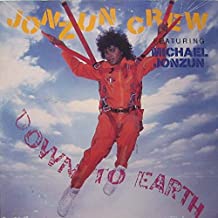
Down to Earth by the Jonzun Crew was originally released on the Tommy Boy label, re-released by A&M, and is now back on Tommy Boy. All confusion aside, this funk/rock/techno album by Michael Jonzun, his former wife Princess Loria, and brothers Soni Jonzun and Maurice Starr is a highly listenable important cornerstone of Boston area music history. “Tonight’s the Night” is as melodic as Falco’s “Rock Me Amadeus,” and as commercial, but Jonzun‘s work came at least two years prior to Falco. The JC cover the spectrum; “We’re Going All the Way” is reshuffled Motown — the Temptations about to turn into New Kids on the Block. Just a few years after the release of this disc, Starr and Jonzun would unleash NKOTB, the production evolution of their prior discovery, New Edition, with different faces. Here is the sound that was the formula for success. Although Michael Jonzun plays it tongue-in-cheek, this is serious rhythm & blues/pop. A shame that they did not have the opportunity that a Motown or even A&M afforded other acts. Jonzun is every bit as prolific as Prince, and a phenomenal stage performer. “You Got the Lovin'” is crossover pop with jangly guitar and keyboards that crackle. But the vocal work by the Jonzun Crew is truly what set the table for New Kids on the Block, and that vocal work makes the songs come to life. Where Private Lightning on A&M a few years earlier suffered from a less-than-adequate production of a great band — and could have benefited from Michael Jonzun‘s skills (just look what he did for Peter Wolf), all the elements for a smash are here. Both record labels involved in Down to Earth had a real masterpiece on their hands, an album that works as a cohesive piece of art, but touches upon many genres. Three tracks, “Redd Hott Mama,” “Lovin’,” and “Skool Daze” were not on the original Tommy Boy release. “Lovin'” is exquisite R&B: an incessant bed of keys and percussion, with Jonzun‘s perfect voice gliding over it all. Catchy and smooth. “Mechanism” takes the band into the Kraftwerk world of industrial/dance/techno. For those who wondered why such talented guys would generate the bubblegum that Bobby Brown and the New Edition spawned, all one has to do is look at a record industry that failed to give this essential group the flexibility it deserved, and earned. Billy Loosigian of Atlantic’s the Joneses and MCA’s Willie Alexander & the Boom Boom Band adds guitar to “Lovin’,” “You Got the Lovin’,” “We’re Going All the Way,” and the rocking “Tonight.” “Mechanism” should be blasting on classic hits radio to bring that format some much needed flavor. This record is just waiting for a new audience to discover it.
Jonzun Crew Down to Earth https://www.allmusic.com/album/down-to-earth-mw0000946723


…And I Mean It is an amalgam of girl group, new wave, blues, pop, and folk-rock by Genya Ravan. To hear her exquisite voice on “Night Owl” soaring above her own backing vocals is intense, imagine Etta James backed by the Sex Pistols doing a rock version of “Earth Angel.” Of all Ravan’s work, …And I Mean It is possibly the most concise and picture-perfect statement of what the woman is musically about. A girl group pioneer who worked with Richard Perry prior to his finding the Pointer Sisters groove, there is no doubt Ravan influenced that major producer, and his work did the same for her. “Pedal to the Medal” is high-end treble rock before it came into vogue. https://www.livexlive.com/album/genya-ravan/-and-i-mean-it
Mitch Ryder Detroit/Memphis Experiment
http://www.allmusic.com/cg/amg.dll?p=amg&token=ADFEAEE4781CDD4AAE7420EDBC0C65E79D5CC73AFE7ADBA6310F0476F3982D6DA30B47D00BE49F81B9E574BD66ADFF2EA01609D9CAED5CFEDC765D40&sql=10:8y65mpz39foo~T1
Detroit with Mitch Ryder Produced by Bob Ezrin –
http://www.allmusic.com/cg/amg.dll?p=amg&token=ADFEAEE4781CDD4AAE7420EDBC0C65E79D5CC73AFE7ADBA6310F0476F3982D6DA30B47D00BE49F81B9E574BD66ADFF2EA0160AD9CFE65CFEDC765D40&sql=10:us90s36ba39g~T1
MILKWOOD “How’s The Weather” pre-CARS
http://www.allmusic.com/cg/amg.dll?p=amg&token=ADFEAEE4781CDD4AAE7420EDBC0C65E79D5CC73AFE7ADBA6310F0476F3982D6DA30B47D00BE49F81B9E574BD66ADFF2EA01609D9CAEF5CF9DE765D40&sql=10:2y63mpn39f2o~T1
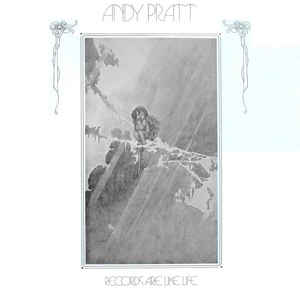
RECORDS ARE LIKE LIFE Liner Notes
Polydor 24-4015 Stereo, Records Like Life, was produced by Andy Pratt and Aengus for Amphion Productions, Inc. It’s an eight song collection clocking in at a little over thirty-nine minutes featuring “Bella Bella”, a tune that was part of Andy’s live set, and the title track “Records + Records (Records Are Like Life)” . In a June 1976 review of RESOLUTION by
Peter Herbst published in The Boston Phoenix he states “1971’s RECORDS ARE LIKE LIFE (Polydor) stirred nary a ripple and is now lost to time (though Pratt has recently regained the masters)” while a July 3 1973 published interview with Ben Gerson notes: “After college came RECORDS ARE LIKE LIFE, the master of which Pratt’s shrewd manager Nat Weiss has
purchased from Polydor in order to avoid Polydor’s capitalizing on Andy’s Columbia success by re-releasing it. Now Pratt, Weiss, and his producer ex-Earth Opera John Nagy can decide what they wish to do with it –re-release it themselves, re-cut some of the songs, or forget about it. ” “It may be a masterpiece, it may be swill” ” ponders Andy’s road manager Buzzy. ” “Whatever it is, we own it.” ” Earlier in the interview Gerson begins the piece by saying “For the past three years Andy Pratt has been an intriguing local rumor, having release in 1970 a Polydor album entitled RECORDS ARE LIKE LIFE whose 5,000 copies soon wound up in the
grooveyard…”
It was these early articles which put the fan on a mission: this writer had to find this lost artifact. In the days before Ebay and Gemm sites on the web which bring little record stores from around the world into your home via the world wide web one had to sift through hundreds of recordings in dozens of stores before uncovering hidden treasure. And RECORDS ARE LIKE LIFE lives up to expectations – it is a tremendous early work by Andy Pratt adorned with an off-white cover featuring a cherub on a frosty jungle high wire on a mountainside with sun rays
shooting down at a right to left angle. No credit is given to the cover artist, though a David Jenks photo with three musicians starting with a very young Andy Pratt is itself a work of art, the youthful faces peer out from the back cover in single file, but placed perfectly in the square. Drums and percussion by Rick Shlosser, Bill Elliot providing a bass and vocal on “Mindy” as well as a string arrangement on “Low Tide Island” with a Steve Crump guitar on “Bella Bella” Hindsight is always 20/20, and with over thirty years since this work was created and released, it is easy to speculate – the record should have been left in circulation – Polydor “capitalizing” on Andy’s Columbia success could only help him build a following – when Sonny And Cher found their 1964 recording “Baby Don’t Go” resurrected and going Top 10 just six weeks after their
breakthrough hit, “I Got You Babe” hit #1, it helped make them the hottest of commodities. It would be a year and a half until they hit the Top 10 again – so that early record not only provided them with momentum for concert performances, it has made their Greatest Hit collections so much more fun. And as the Grateful Dead learned through allowing tape
trading, the more material the fans have, the bigger the following. Again, this fan becoming obsessed with finding a copy (he actually found three, two with a cover, one with just an inner sleeve), proves that when the public hears a sound they like, is turned on to an artist who
makes a positive impact in their lives, they want more of his/her work. They want to explore the sound and the individual crafting that sound. This fan also recorded Pratt at Paul’s Mall and taped his concert at that venue off of the radio. “Avenging Annie” opened doors for Andy
Pratt, and to this day people remember how amazing its sound was, but how it lent itself so well to radio. “Bella Bella” would have been the perfect follow-up on a production which has the same flavor as the Columbia disc, much more so than the refined Arif Mardin productions
that are RESOLUTION and SHIVER IN THE NIGHT and the Eddy Offord (Yes –
Emerson, Lake and Palmer) gloss of MOTIVES. In another interview from THE REAL PAPER
printed in 1976 around the time of the August 29th free concert on City Hall Plaza in Boston, it is said of the artist in regards to this album that it is something “he now denies nearly categorically.” Wow. Times change, and over three decades have elapsed since Andy Pratt
recorded this rare and beautiful gem of a disc. The fan who sought out the pearl of great price had the honor of having his review published on AMG as well as Rolling Stone.com. In that review the disc is called “a lost treasure. This is Pratt at his most innocent, with vocals that sound otherworldly and songwriting that is way ahead of its time.” The review also describes Andy as a ( more orthodox) “doppelgänger” of pianist/vocalist Willie “Loco” Alexander
and goes on to describe the songs – citing “Wet Daddy,” “a charming guitar/percussion ditty”, “Oliver” an indication of where Pratt would take his music: elegant piano, double-tracked vocals, and a unique melody and “Low Tide Island” “a truly extraordinary (and haunting) song with the ttitle track bringing things back to the jazz/pop that is Andy Pratt’s forte. The decade after this music was made saw the music business becoming more business than music. With manufactured sound as well as fabricated artists proliferating like snowflakes a work such as RECORDS ARE LIKE LIFE can be viewed for exactly what it is, a pure artistic statement that continues to entertain – and that is more useful than much of the material being forced on the market today. It has stood the test of time. If the Columbia album was the Messiah of Andy Pratt’s work, RECORDS ARE LIKE LIFE is its John The Baptist. The references are not made as a nod to Pratt’s Christian albums, only to put this collection of songs in its proper context. The Andy Pratt album on Columbia is a major work that has yet to get its due. It is worthy of a Grammy, and RECORDS ARE LIKE LIFE is the work that came directly before it. There is much insight into the artist on this recording. Buzzy Linhart (no relation to Pratt’s aforementioned road manager referenced above), co-author of Bette Midler’s theme song, “(You Got To Have) Friends” – Top 40 in November of 1973, fell in love with the title of
this album when he heard about it on the phone in April of 2003, when these liner notes were being composed. Both men were flirting with major success in 1973, and both are revered in musical circles. RECORDS ARE LIKE LIFE is one of those artifacts that truly reflects its title – and lives up to its legend.
joe viglione
april, 2003
After I wrote the AMG Review I was commissioned to write the liner notes:
Andy Pratt Records Are Like Life, AMG Review by Joe Viglione [-]
Andy Pratt‘s first album preceded 1973’s self-titled release on Columbia, which included the minor hit “Avenging Annie.” Records Are Like Life is a lost treasure. This is Pratt at his most innocent, with vocals that sound otherworldly and songwriting that is way ahead of its time. Here Andy Pratt sounds like the doppelgänger of another pianist/vocalist from Boston, Willie “Loco” Alexander. Both men play a fusion of rock with pop and jazz flavors and lots of other influences invading the framework of their compositions, but Alexander did it with more emphasis on the avant garde while Pratt kept it serious — somewhat. Their vocal stylings are frighteningly similar for two musicians who came from the same region and same point in time, but performed in different circles. “Shiny Susie” on side one is almost eight minutes long, its movements more like a mini-play than a pop tune. “Bella Bella” was a staple of Pratt‘s live show, and very close to the style of what he would soon record for Columbia. Although his most cohesive recording would be the 1982 five-song EP Fun in the First World, with producer Leroy Radcliffe getting Pratt focused in a rock setting away from the softer pop that Arif Mardin and Eddy Offord brought the artist toward the end of the ’70s, this first effort has inventiveness that sounds fresh decades later. “Wet Daddy,” the opening track, is a charming guitar/percussion ditty. “Oliver” an indication of where Pratt would take his music: elegant piano, double-tracked vocals, and a unique melody. The rolling drums work against the bass and piano at points, with the guitar tastefully finding its way into the mix; the song develops into a pretty resolution. “Low Tide Island” changes the mood again, with Pratt‘s vocals absolutely spooky and guitar and strings buffeting his performance. A truly extraordinary song. The title track brings things back to the jazz/pop that is Andy Pratt‘s forte. Although he would co-produce 1979’s Motives with Emerson, Lake & Palmer engineer Offord, it is interesting that this is the only album produced by the artist on his own. The manic intensity of the final track and the free spirit of the performance make this a very original recording.
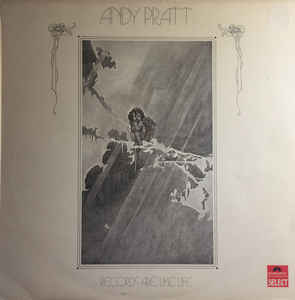
https://www.allmusic.com/album/records-are-like-life-mw0000206281
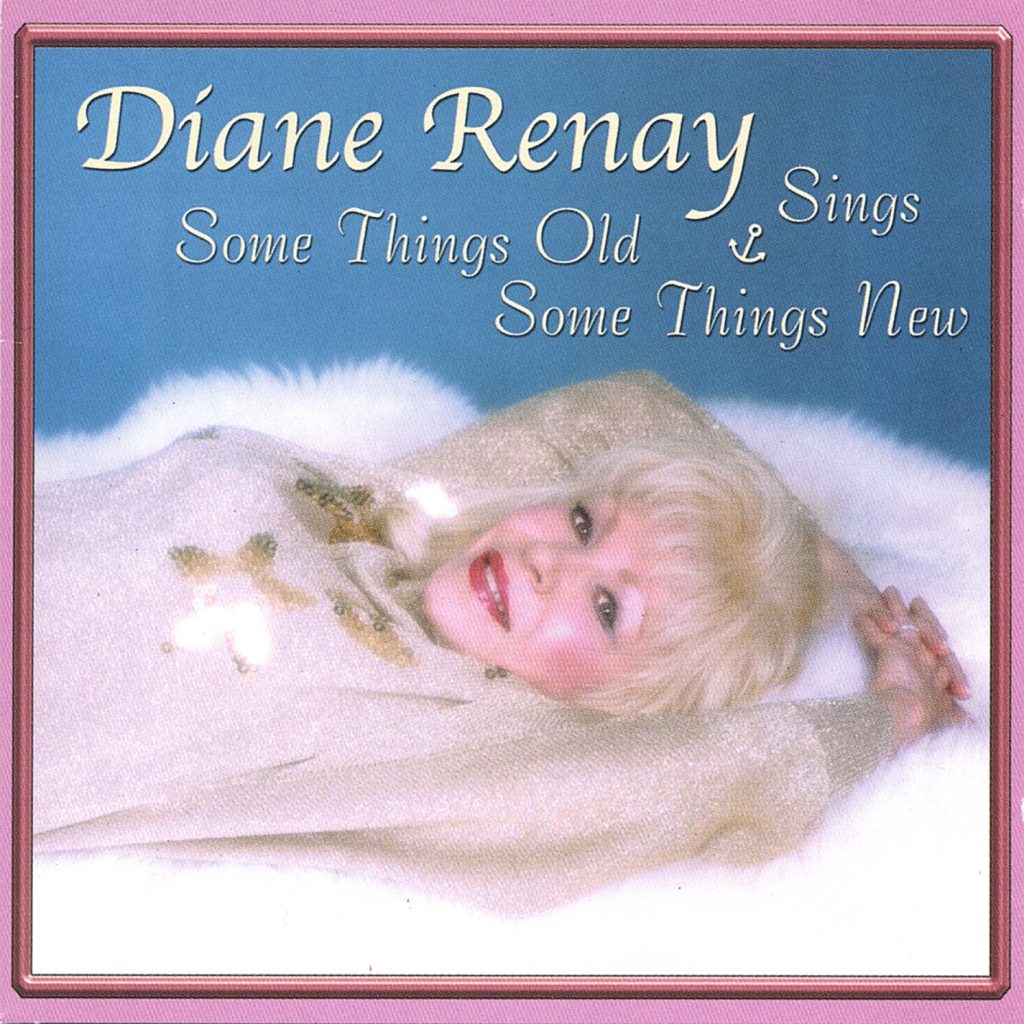
Blayze Bailey Alive in Poland
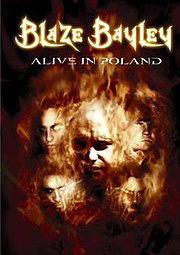
With epithets pouring out of Blaze Bayley‘s mouth about 13 minutes into the DVD, this crunchy batch of hard metal gushes from the screen in beautifully filmed movie-like form. The menacing image of the ex-Iron Maiden lead singer who fronted Wolfsbane as far back as 1988 on the
Live Fast Die Fast album is in fine form on March 24, 2007 in Katowice, Poland for the Metalmania festival. The veteran may not be a household name, but his prowess is impressive and the DVD is full of fury and brimstone. Metal Mind Productions and MVD give Bayley the star treatment and he deserves it, both on the cover of the DVD and with a colorful eight-page insert chock-full of photos of bandmates Rich Newport on guitar, second guitarist Nick Bermudez, David Bermudez on bass, and Rico Banderra on drums. Sometimes the band runs away with the music, as on “Two Worlds Collide,” which could be the musicians playing on two different planets on a collision course, but since attitude and feeling is what this genre is all about, the chaos works to Bayley‘s advantage. That tune is also on 2003’s As Live as It Gets from the band Blaze (totally different set of musicians from this outing) and an album with less than half of the songs overlapping due to the fact that Bayley has a very deep catalog. He calls the band “incredibly sexy,” but the fact is the lead vocalist could be a sad cross between Meat Loaf and Lemmy from Motörhead, definitely a frightening thought…you wouldn’t want to meet him in a dark alley, and that ominous and imposing look lends itself quite well to the music generated by this crew. “Kill and Destroy” smashes out of 2002’s Tenth Dimension album as do two other titles from this 15-song set, opening number “Speed of Light” and that disc’s title track. Metal Mind does a super job with these DVDs and this package contains an interview with Blaze, an interview with the band, photo gallery, desktop images, and all sorts of goodies including the bonus video “Hollow Head.” The rock veteran has a fan base in Europe but this project has the potential to expand his following exponentially.
The AMG Reviews have been published on Rollingstone.com Billboard.com, DjangoMusic, MSNBC, eBay, Oldies.com, LivexLive, a long, long list of my reviews republished on dozens of websites. We’re tracking down as complete a list as we can build.
https://www.allmusic.com/album/alive-in-poland-mw0001528811

AllMusic Review by Joe Viglione [-]
Nik Venet created the term “writer/singer” for Harriet Schock, and true to form, after the passing of that legendary record producer for Linda Ronstadt, the Beach Boys, Dory Previn, and so many others, Schock released a book on writing songs, Becoming Remarkable, that was a companion piece to one of the final recordings from Venet, her Rosebud album. A Massachusetts writer/singer, Karen Michalson has achieved a similar coup, and this CD by Michalson’s band Point of Ares is a companion piece as well, only with a twist. Tor Doherty Associates, publishers in New York, released her fantasy novel, Enemy Glory, and this record appears to be the soundtrack to the book. This is a project the husband-and-wife team of Bill Michalson and Karen have worked on for many years; the original release of Enemy Glory is detailed in the liner notes. The material here, with the exception of five tracks, is “re-arranged and re-written from earlier versions that were included on Point of Ares’ 1996 release.” The close-to-an-hour’s worth of music on Enemy Glory Darkly Blessed was recorded at the end of 2000 into January of 2001. With the success of Harry Potter and The Lord Of The Rings, the fantasy market, a close cousin to science fiction, is going to look for material already on the market. Point of Ares and the Michalsons are ready with this 16-track CD. The music is a jolt, an unsettling blast of a power trio with Black Sabbath riffs that is adventurous because most readers want the lush background sounds that have become synonymous with this genre. This music did reach the world first via the debut CD, and there’s a chance it could turn a younger audience on to the book, but it is going to take the artist a lot of arguing to convince movie companies to go with this driving sound rather than John Williams’ orchestration. They can cross that bridge when they come to it, because this is pioneering stuff, and the rock audience that will groove on “Battle’s One” can certainly seek out the anti-hero catalyst, the character Llewelyn. A strange mixture of Uriah Heep meets Mike Oldfield at some points, it’s a complex work worthy of acknowledgement.
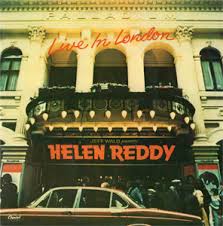
Personnel includes: Helen Reddy (vocals); Ricky Baptist (trumpet); Lenny Coltun, Richie Zito (guitar); Tom Henley (keyboards); Dave Parlato (bass); Ron Tutt (drums); The Gordon Rose Orchestra.
Recorded live at the Palldium, London, England on May 11-13, 1978. Originally
released on Capitol (11873).
Smooth are the performances and orchestration on this 1978 double-vinyl set. There is no date of this performance by Helen Reddy, recorded at the London Palladium. This expands her greatest-hits album and allows the entertainer to display her personality as well as some of her deeper album tracks. Of the 26 songs here, only Leon Russell and Harriet Schock share the distinction of having two compositions each covered by the songstress. Russell’s “This Masquerade” and “Bluebird” follow Ralph Shuckett’s “Rhythm Rhapsody” to start the concert off. Reddy sprinkles a hit or two per side until the medley, adding nuggets like Gale Garnett’s timeless “We’ll Sing in the Sunshine,” which is a perfect selection for Reddy to sing and her audience to hear. Harriet Schock’s “Mama” from the Music, Music album is one of the longest tracks at four minutes-plus, and gets a lengthy audience response. Cilla Black’s 1964 hit “You’re My World,” like the aforementioned Gale Garnett hit from the same year, suits Reddy well. Live in London is a title used by scores of artists, from the Beach Boys to Petula Clark, Deep Purple, April Wine, Judy Garland, Glen Campbell, and so many others. This recording has lead guitarist Lenny Coltun conducting the Gordon Rose Orchestra with guitarist Ritchie Zito, keyboard player Tom Hensley, and others supplying the sound. Reddy gives renditions of Billy Joel’s “The Entertainer,” “Poor Little Fool” by Jeff Lynne, who shows up on the All This and World War II soundtrack with Reddy and who wrote this dramatic number for her, as well as Adam Miller’s “The West End Circus.” There’s Alan O’Day’s unconventional “Angie Baby” to open side two, and the song works better live, oozing with a thick and smooth sound. Producers John Palladino and Helen Reddy do a commendable job of capturing so many instruments and vocals and putting them into a wonderful mix. The album gets high marks for sound quality and performance, a classy snapshot of Helen Reddy’s complete repertoire of hits from 1971-1977 with the exception of “Somewhere in the Night” and the flip of “I Can’t Hear You No More,” “Music Is My Life.” For the fans of Helen Reddy this is a treat and a very necessary part of her collection. ~ Joe Viglione

Helen Reddy Imagination https://www.livexlive.com/album/helen-reddy/imagination

Helen Reddy’s second album contains two originals, as well as covers of material by John Lennon, Carole King and Toni Stern, Randy Newman, Donovan Leitch, Leon Russell, and Alex Harvey. Over the years Reddy would continue to cover material by Carole King, Leon Russell, and Harvey; both she and Bette Midler covering Harvey’s “Delta Dawn,” with Reddy getting the chart hit. Here her rendition of his “Tulsa Turnaround” is intriguing and gives a good indication of the direction her music would take. These are very personal readings of Paul Parrish’s”Time” and Leon Russell’s “I Don’t Remember My Childhood”; the accompaniment is laid-back and subdued, unlike Reddy’s Love Song for Jeffrey album. Producer Larry Marks has a haunting foundation for David Blue’s “Come on John,” and one wonders if like Mama Cass on “I Call Your Name” or Janis Joplin’s “Happy Birthday John Lennon,” Reddy isn’t singing this to the Beatle? Her rendition of Lennon’s solo tune, “How?,” is a rarity for the singer — and as sparse as the Plastic Ono Band, minus what backed her on the soundtrack to All This and World War II when she performed “Fool on the Hill.” The album Helen Reddy has a cover photo of the vocalist wearing a red and blue dress in ankle-deep water, a resting point before her cluster of Top 40 recordings. Donovan’s “New Year’s Resolution” and Carole King/Toni Stern’s “No Sad Songs” give the singer a platform to help craft her sound. It’s a nice glimpse of the naïve side of Reddy and a pleasant listening experience, though it was the only one of her early albums not to find representation on her Greatest Hits. Because there was no big hit on the record, it is not as well known as her other recordings, but it definitely has charm and is an essential part of her collection of music.
https://www.livexlive.com/album/helen-reddy/helen-reddy
https://www.allmusic.com/album/helen-reddy-capitol-mw0000867021
John Garabedian plays Helen Reddy’s exquisite rendition of Paul Wailliams’ “You and Me Against the World” on WJIB Radio November 2024 https://www.allmusic.com/…/helen-reddys-greatest-hits… My second favorite Reddy performance after “Ain’t No Way to Treat a Lady” written by my very dear friend Harriet Schock. My tribute to Helen is here https://joeviglione.com/?p=1848 When I gave Helen my New Changes album outside of her hotel in Boston she autographed an album for me. I wanted her to sign Harriet Schock’s Hollywood Town lp with “Ain’t No Way to Treat a Lady” but she said to me “Have Harriet sign it.” They were friends. I did Helen one better, in May of 1991 I met Harriet at a convention in Los Angeles and we became friends. I had covered “Love Song to Jeffrey” written by Helen on my New Changes disc and gave Helen the album. Little Richard was in my elevator, he lived atop the Hyatt where we were staying (as Paul Shaffer lives atop the Gramercy Park in NY, where we met him!) I asked Little Richard for his autograph, he said “I’ll see you here again” but I never did. Oh well, got to talk to him!!! It is now called the Andaz by Hyatt at 8401 Sunset Blvd. https://www.hyatt.com/andaz/laxss-andaz-west-hollywood My tribute to Helen is here: https://joeviglione.com/?p=1848 Dare I tell you, she played a drag queen/ s & m bar in Boston, The Haymarket on Washington St., doing Track, without her orchestra but singing to tracks of her records. There were six or seven drag queens dressed like Helen at the front of the stage handing her roses. Before she went into “I Am Woman” she said to the queens “I guess this is why y’all came.” It was a fantastic show.
Islands In The Stream Song
http://www.allmusic.com/cg/amg.dll?p=amg&uid=CASS70310091935&sql=X876265
Mondo Deco – The Quick
http://www.allmusic.com/cg/amg.dll?p=amg&uid=CASS70310091935&sql=A9pez97e7krkt
Velveteen After Hours
http://www.allmusic.com/cg/amg.dll?p=amg&uid=CASS70310091935&sql=A87320r8ac48i
Lisa Burns
http://www.allmusic.com/cg/amg.dll?p=amg&uid=CASS70310091935&sql=Arm6atr3lkl7x
Everybody Needs It Ellen McIllwaine
http://www.allmusic.com/cg/amg.dll?p=amg&uid=CASS70310091935&sql=Absug6jp77180
The Paupers Ellis Island
http://www.allmusic.com/cg/amg.dll?p=amg&uid=CASS70310091935&sql=Aigjm7i7jg76r
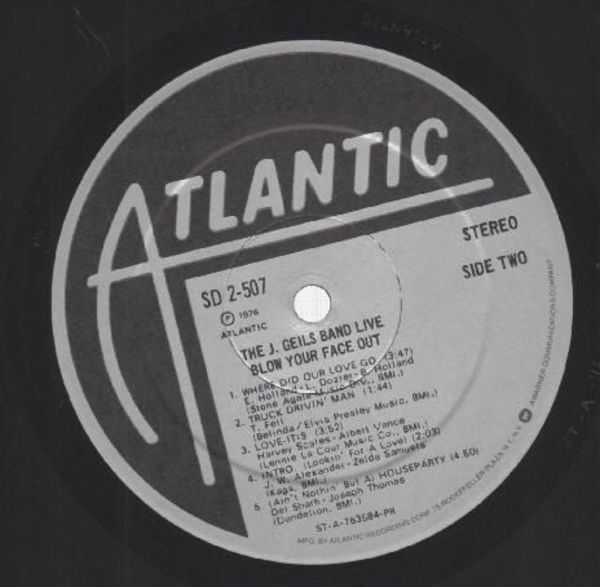
AllMusic Review by Joe Viglione [-]
Blow Your Face Out
Double-album live sets came into vogue in 1976 after Peter Frampton’s sales went through the roof for A&M, Bob Seger found fame with Live Bullet on Capitol, and the J. Geils Band released its second in-concert document in four years, Blow Your Face Out. There is great power in these grooves recorded over two nights, November 15 and November 19, at the now deconstructed Boston Garden and in Detroit at Cobo Hall. Here’s the beautiful dilemma with the Geils band: Live: Full House, recorded in Detroit in April of 1972, contains five songs that became J. Geils standards, and none of them overlap on the 1982 EMI single live disc, Showtime, chock-full of their latter-day classics. Can you believe there is absolutely no overlap from the first or third live album on this double disc, which came in between (except for “Looking for a Love,” uncredited, which they slip into the intro of “Houseparty” on side two)? The Rhino CD contains Jeff Tamarkin’s liner notes, while the original Atlantic album has an exquisite gatefold chock-full of photos, and inner sleeves with priceless band memo stuff à la Grand Funk’s Live Album. Sides one and two are great, and three and four are even better. “Detroit Breakdown” rocks and grooves, with tons of audience applause…Wolfy and the polished authority of his monologues are in command as the band oozes into “Chimes” from 1973’s Ladies Invited. About three and a half minutes longer than the five-minute original, it is one of many highlights on this revealing pair of discs. A precursor to 1977’s title track, “Monkey Island,” “Chimes” gives this enigmatic band a chance to jam out slowly and lovingly over its groove. There is so much to this album: the Janis Joplin standard “Raise Your Hand” written by Eddie Floyd, Albert Collins’ “Sno-Cone” from their first album, and “Truck Drivin’ Man” beating Bachman-Turner Overdrive to the punch. B.B. King producer Bill Szymczyk does a masterful job bringing it all together, and the band photos on back look…roguish. “Must of Got Lost,” “Where Did Our Love Go,” and “Give It to Me” are here in all their glory, a different glory than the studio versions, on an album that should have done for Geils what Live Bullet and Frampton Comes Alive did for their respective artists. If only a legitimate release of their 1999 tour would be issued to stand next to this monster — during that tour they combined the best elements of all three of their previous live discs. The J. Geils Band is more important and influential than the boys have been given credit for. It will be the live documents that ensure they eventually get their due, and Blow Your Face Out is a very worthy component that can still frazzle speakers.
https://www.allmusic.com/album/blow-your-face-out-mw0000311676
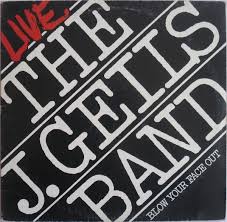
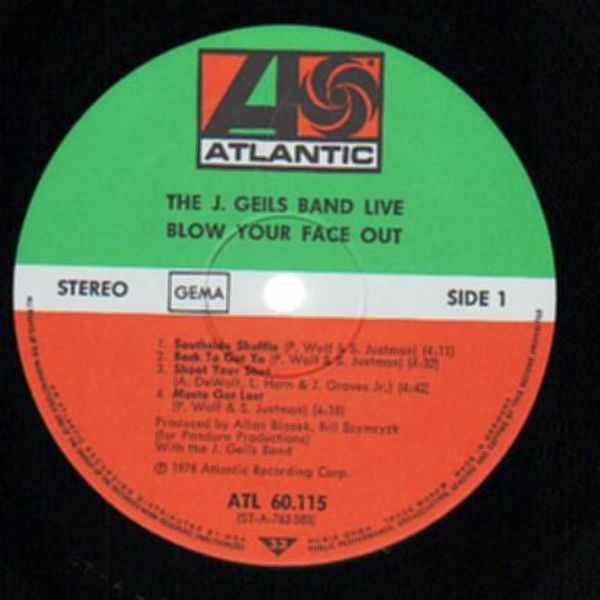
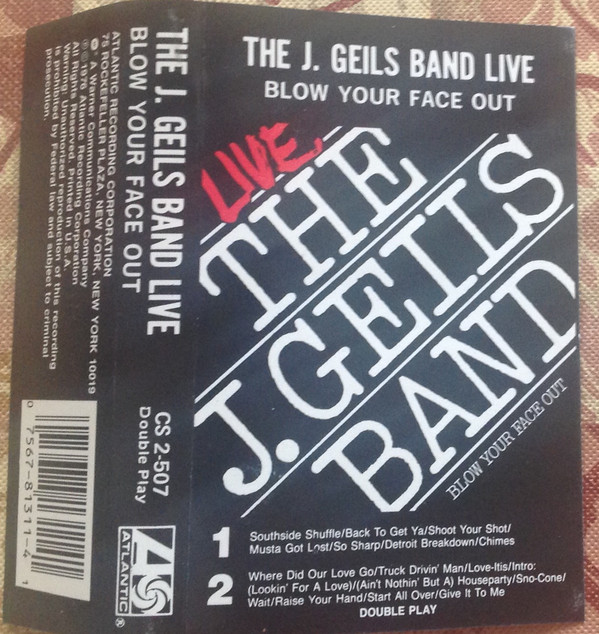
Dec 10, 2019 – Hotline to the Underground Dec 9-15 2019 By Joe Viglione … Neon Knights, Bitter Wind / Saturday Louder than Milk, No Grass, WMS All-Stars … Then it snaps back to the DVD home page to Imagine. … green cab logo soso …
Kenny Rogers by Kenny Rogers – Pandorawww.pandora.com › artist › description › kenny-rogersTom Jones’ 1967 hit “The Green Green Grass of Home” gets a more-mellow reading with a less-sweeping arrangement. The formula stretches Count Basie …
BLACK PEARL from the Love is All We Have to Give album from Sonny Charles and the Checkmates, Ltd. https://www.allmusic.com/album/love-is-all-we-have-to-give-mw0000549150
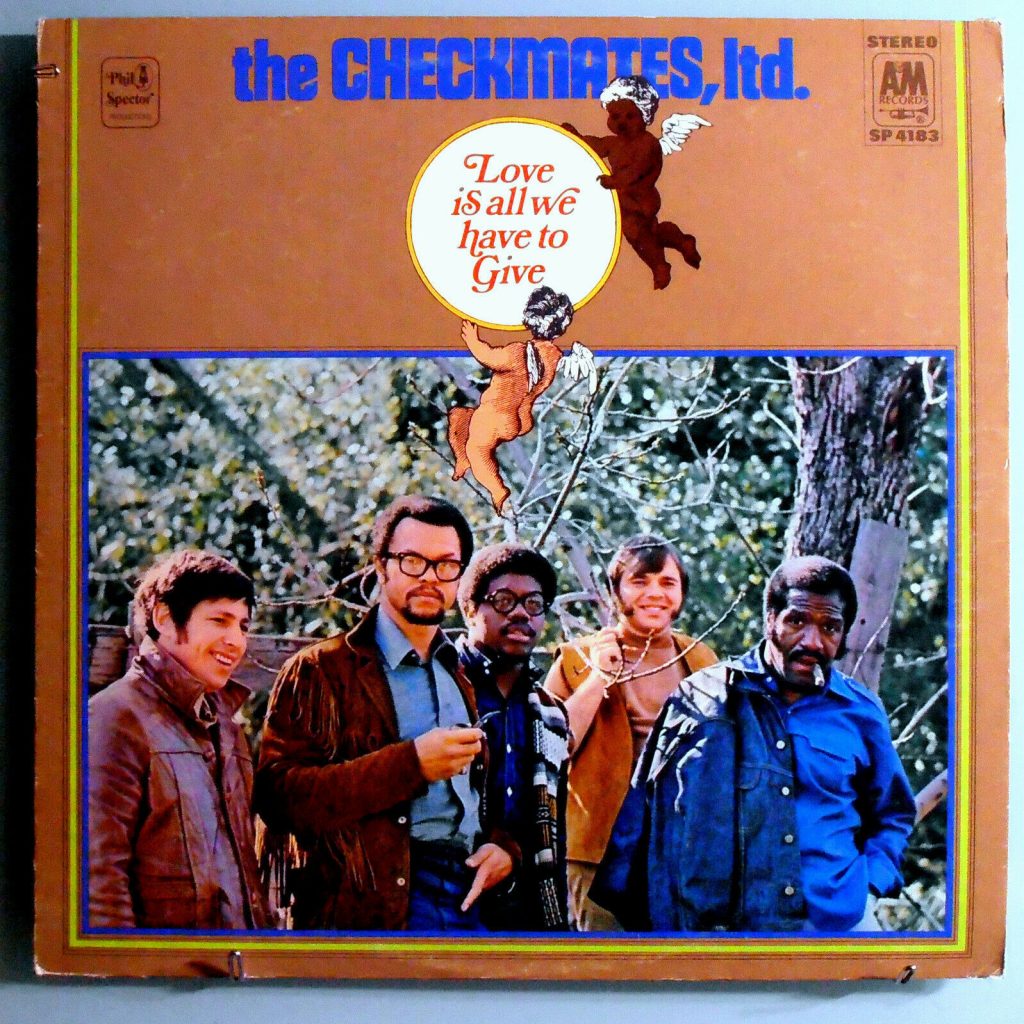
(EXCERPT FROM AN ONLINE REVIEW BY JOE VIGLIONE, ALL MUSIC GUIDE /ALLMUSIC.COM/) https://www.allmusic.com/album/love-is-all-we-have-to-give-mw0000549150
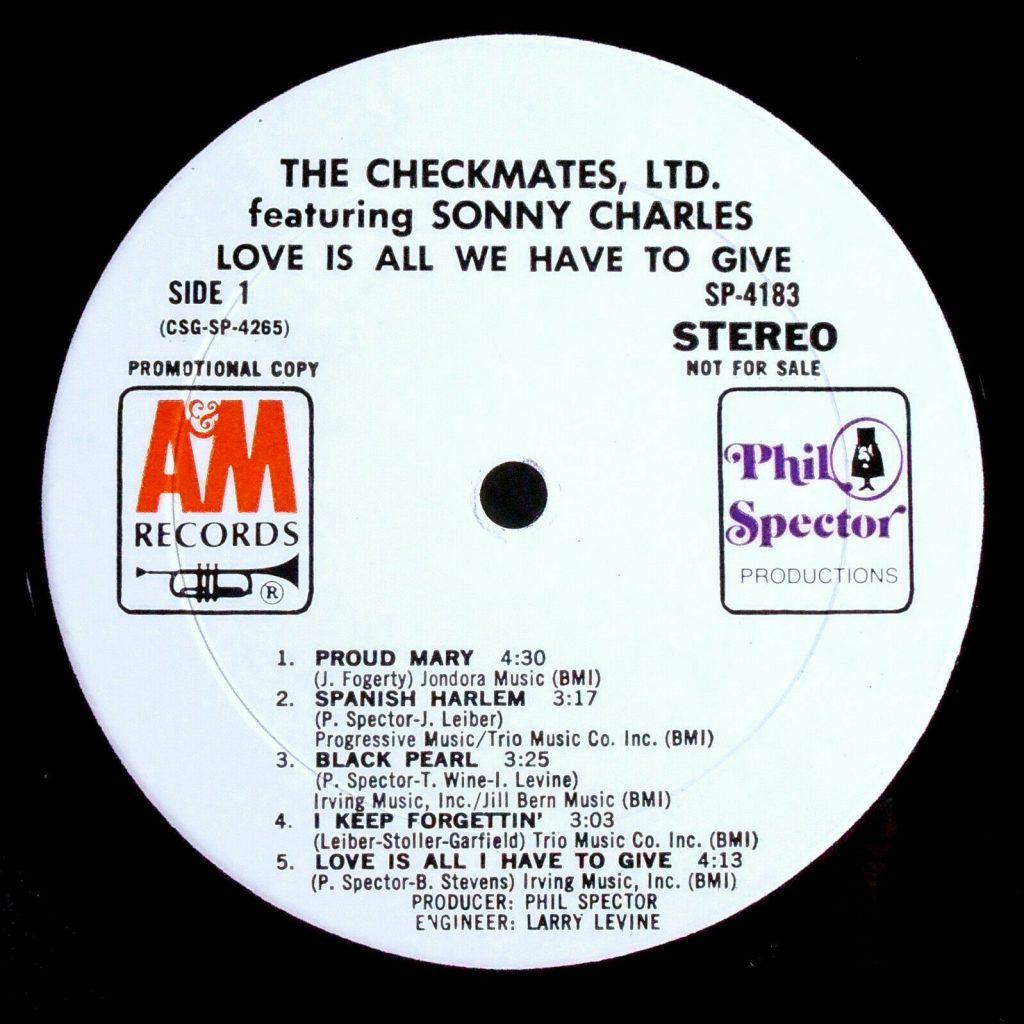
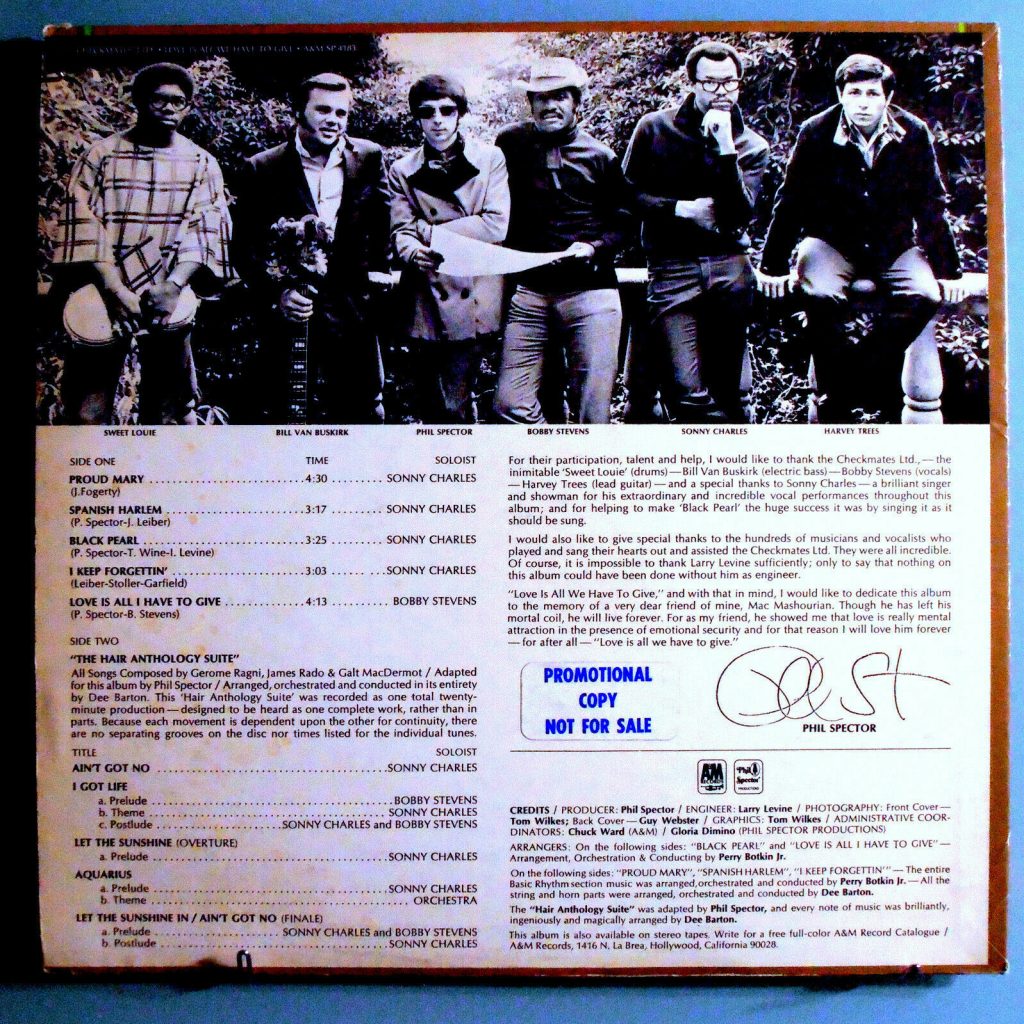
“Black Pearl” is one of the great Phil Spector productions, a phenomenal song with his extraordinary sound. That being said, it would be easy to try to dismiss this excellent album and focus just on the hit. That’s the wonderful paradox of Love Is All We Have to Give by the Checkmates, Ltd. and Sonny Charles. Charles only re-scratched the Top 40 once (and that in 1983), but it is this album which showcases his major voice. The Leiber & Stoller composition “I Keep Forgettin'” has that sound from the 1966 Billy Stewart hit version of Gershwin’s “Summertime” without the scat singing. Spector’s remake of his own 1961 classic for Ben E. King, “Spanish Harlem,” fits perfectly here, while “Proud Mary,” the simple John Fogerty title, becomes a gospel tour de force falling somewhere between Tina Turner and the Edwin Hawkin Singers. The indomitable Perry Botkin, Jr., who would hit seven years later with “Nadia’s Theme” (aka “The Young & the Restless”), arranges and conducts side one with assistance from Dee Barton. Side two is another kettle of fish. Barton arranges Spector’s adaption of “The Hair Anthology Suite” from the play Hair, most notably the material made famous by the 5th Dimension (“Age of Aquarius”/”Let the Sunshine In”). Though both artists probably tracked it around the same time — the 5th Dimension hitting in March and “Black Pearl” hitting in May 1969 — there is none of the life here that Marilyn McCoo, Billy Davis, Jr., and their group put into their first number one hit. Like a classic Spector 45, this album has one side that is totally inspired and brilliant, and a flip that won’t get as many spins. All in all, it’s a very important, and largely forgotten, bridge in Spector’s catalog and his only hit in America on A&M, the same label he brought the Ronettes and Ike & Tina Turner’s classic “River Deep, Mountain High.”
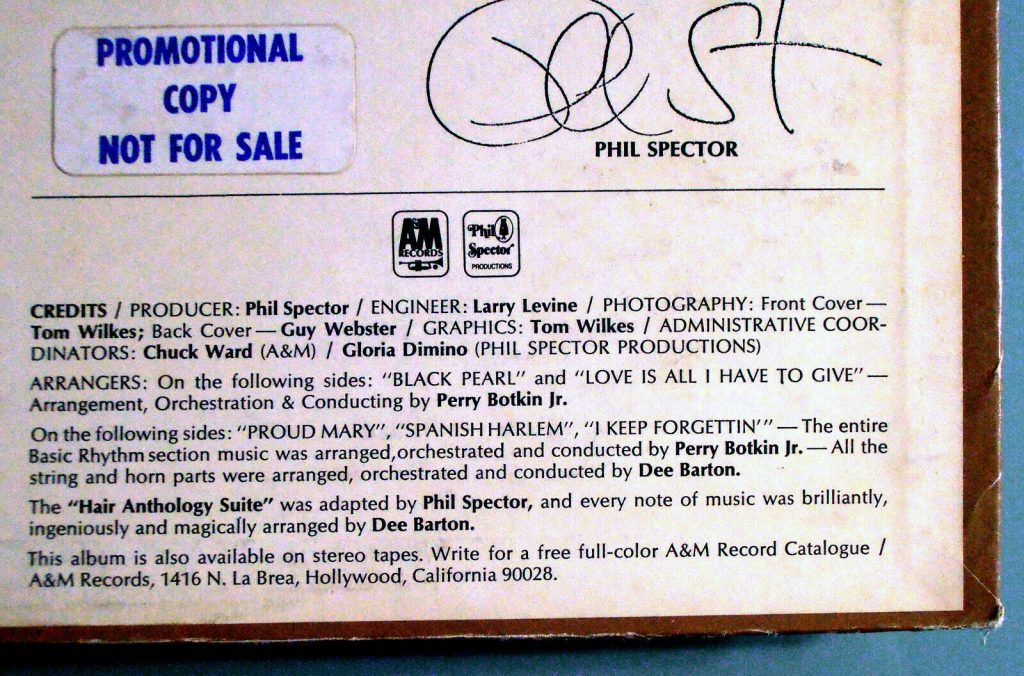
Find hundreds, sometimes thousands of Joe Viglione’s reviews here: https://www.ebay.com/dsc/i.html?LH_TitleDesc=1&_from=R40&_sacat=0&_nkw=joe+viglione&_pgn=10&_skc=450&rt=nc
